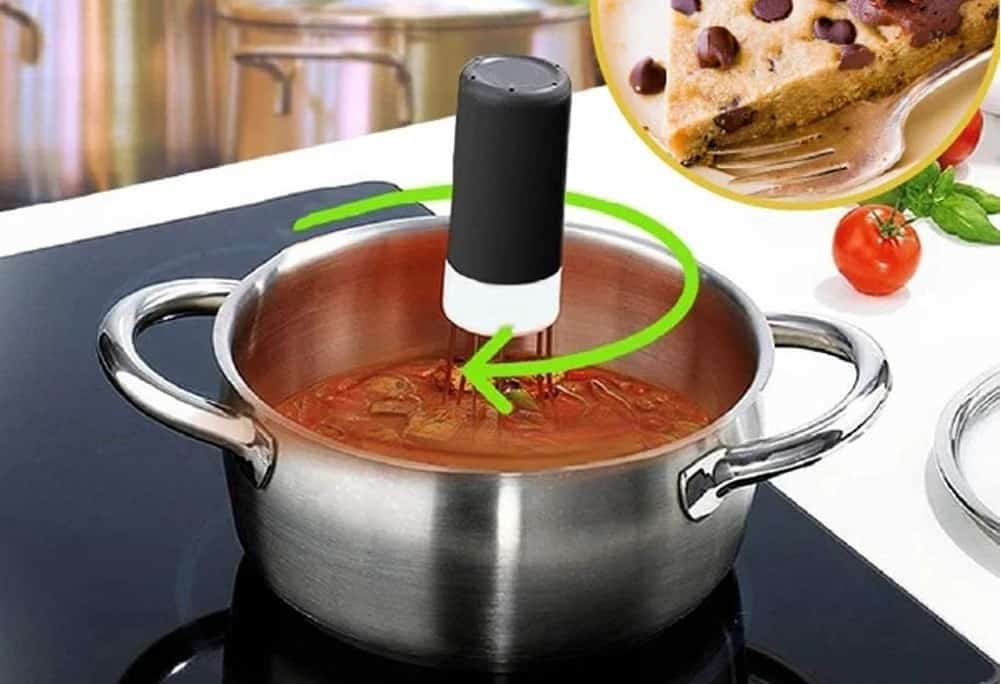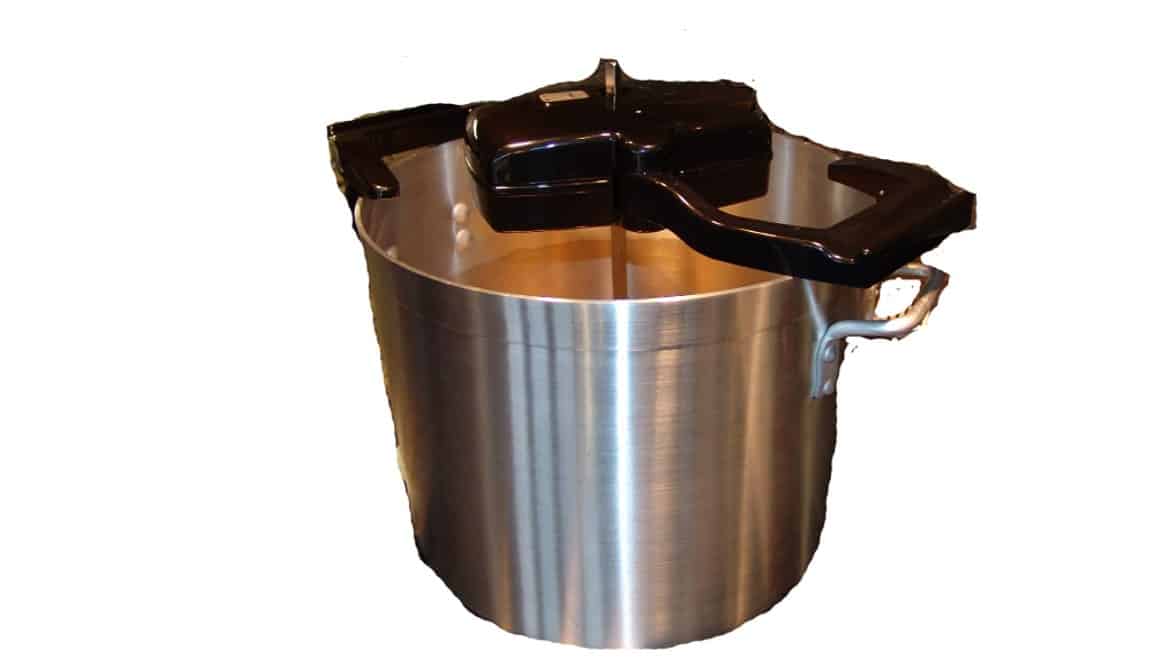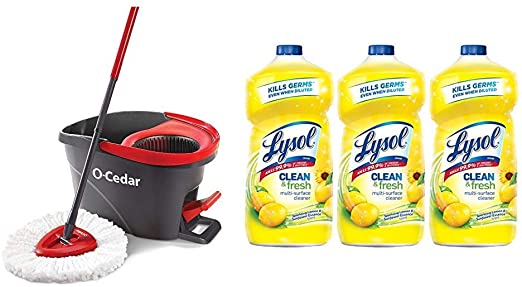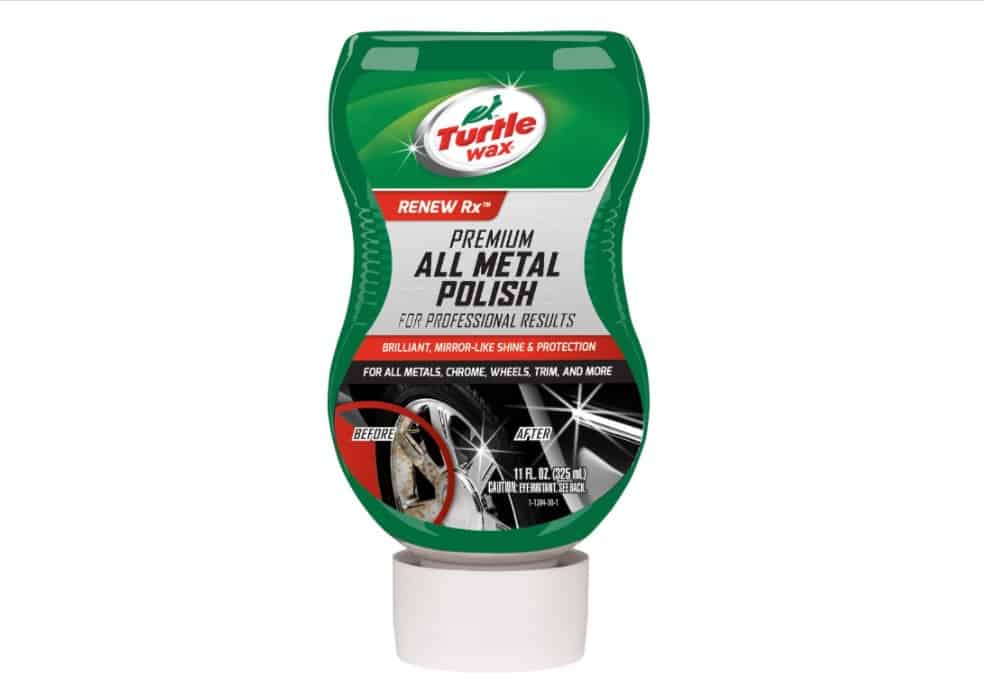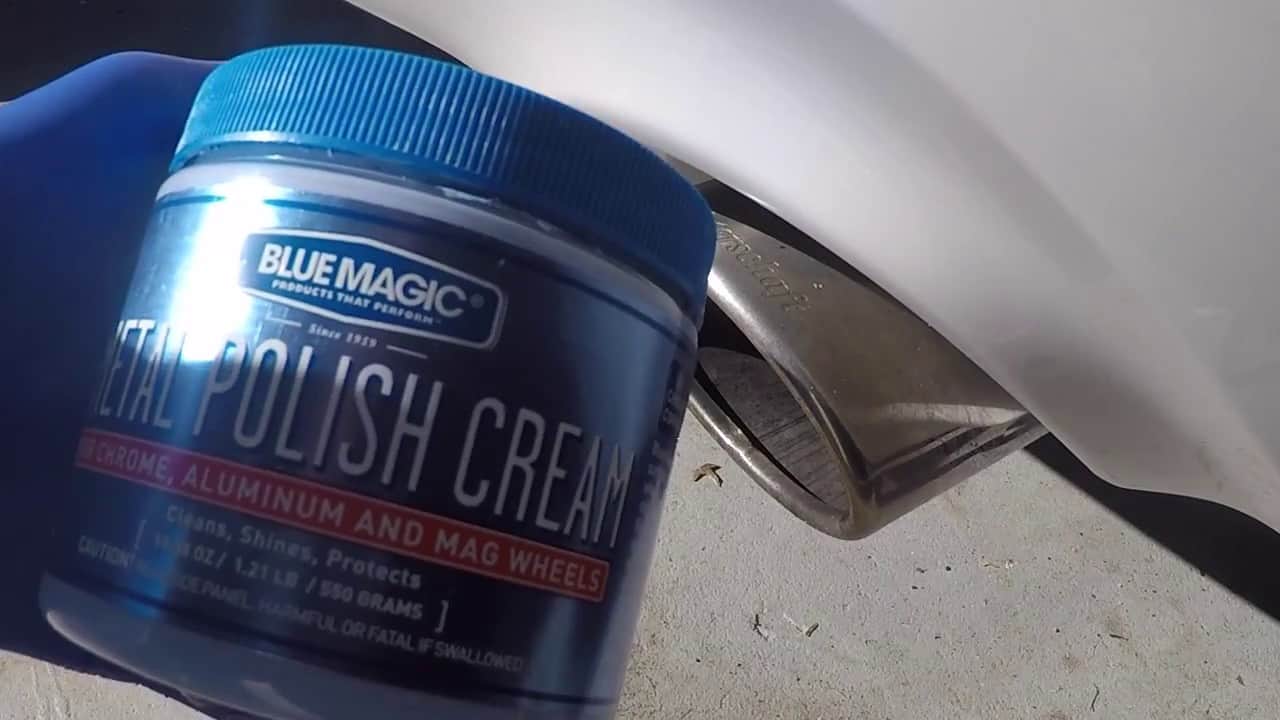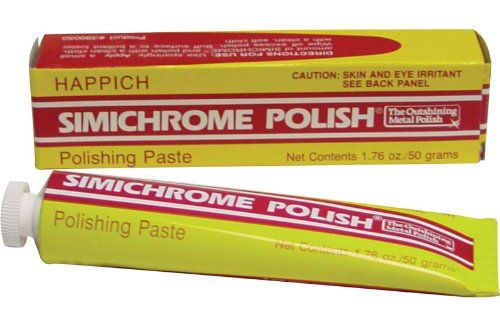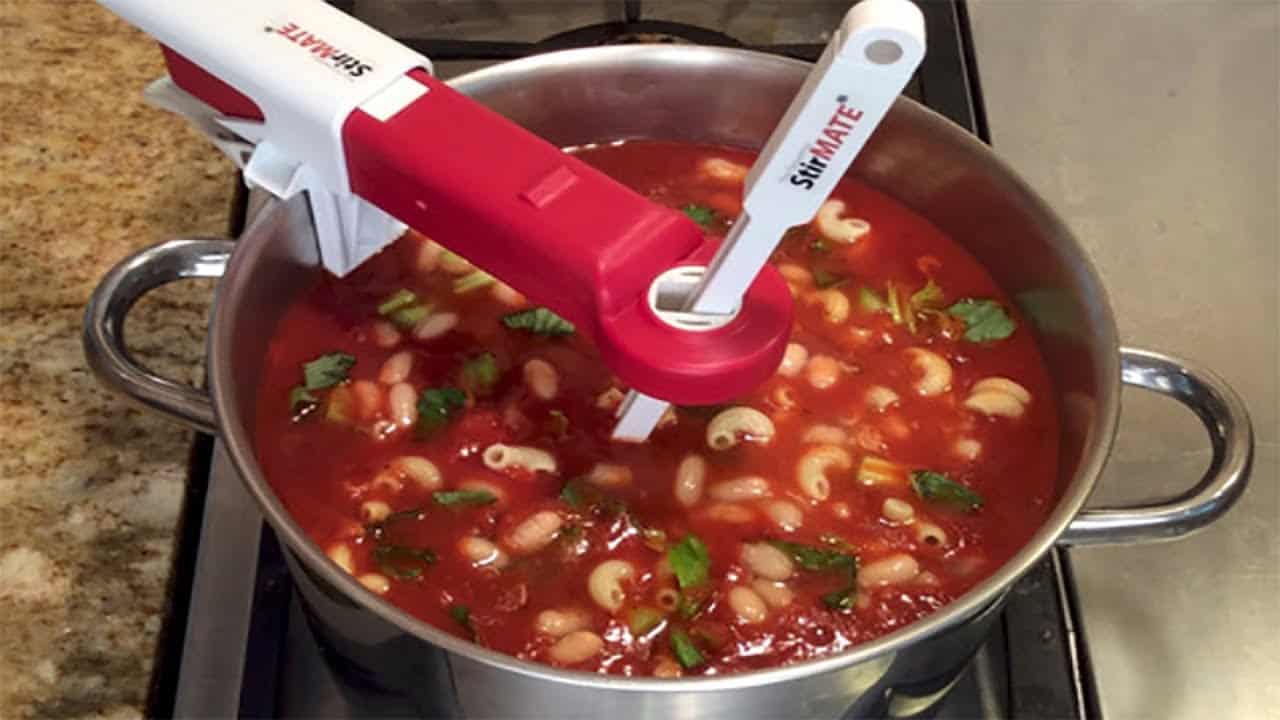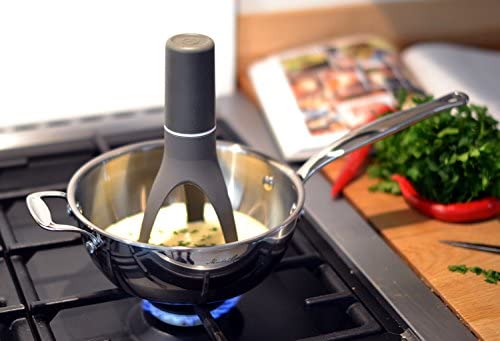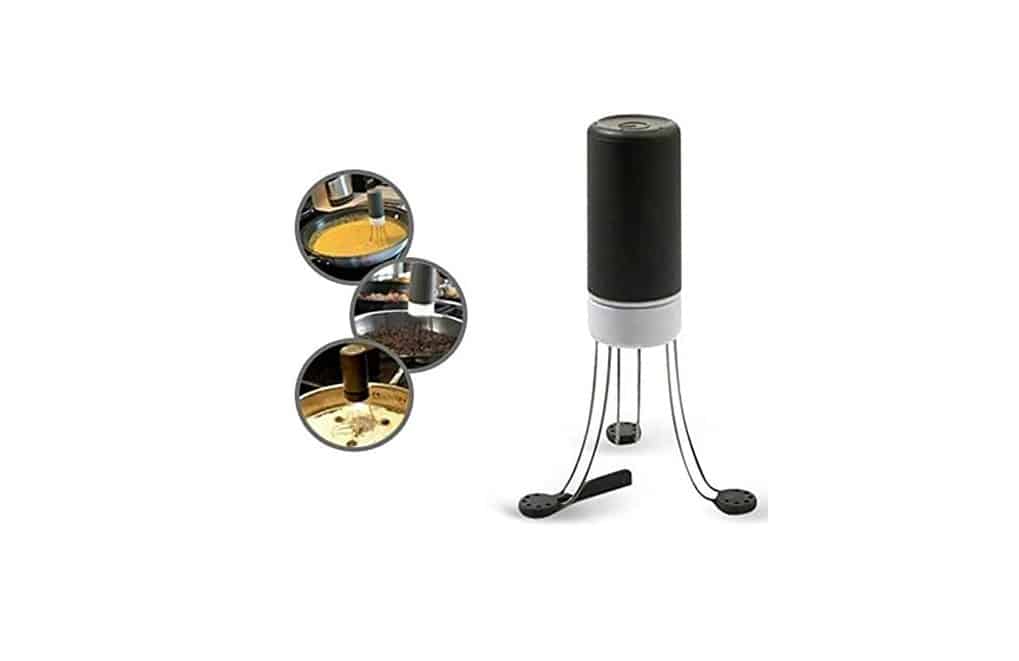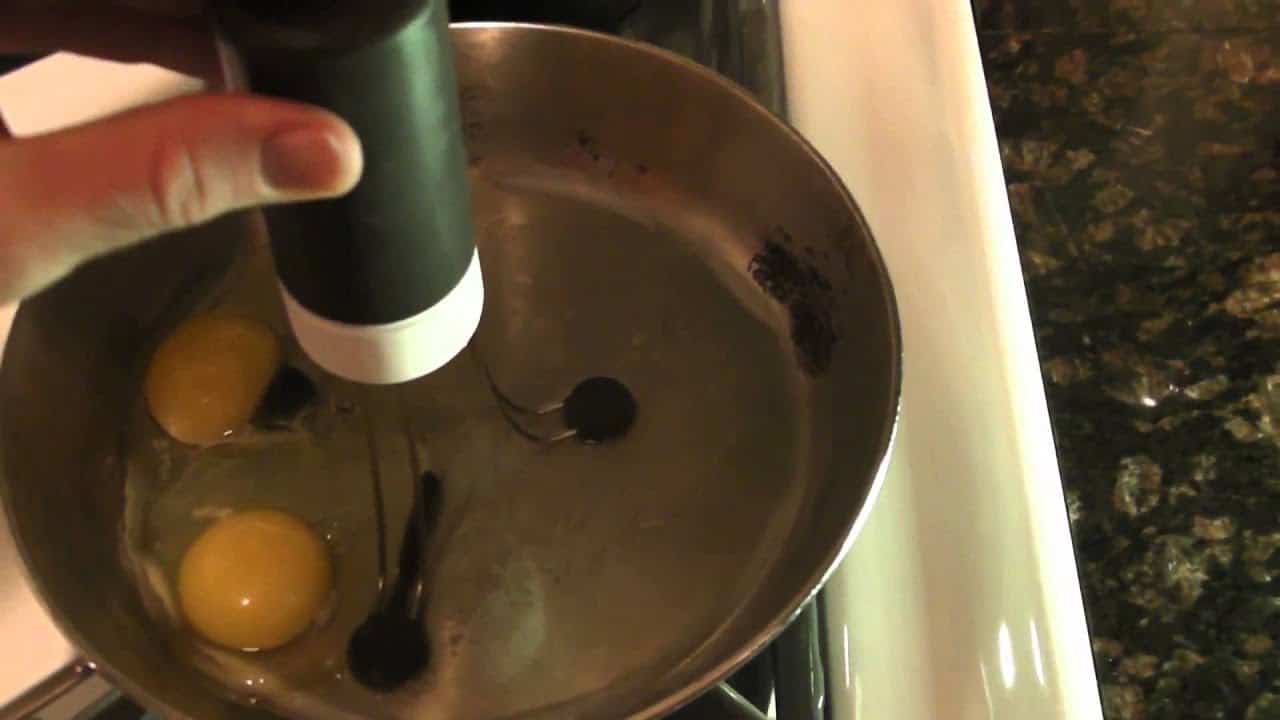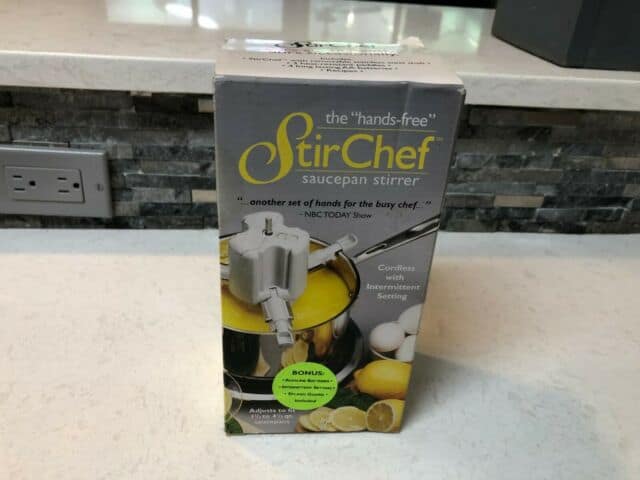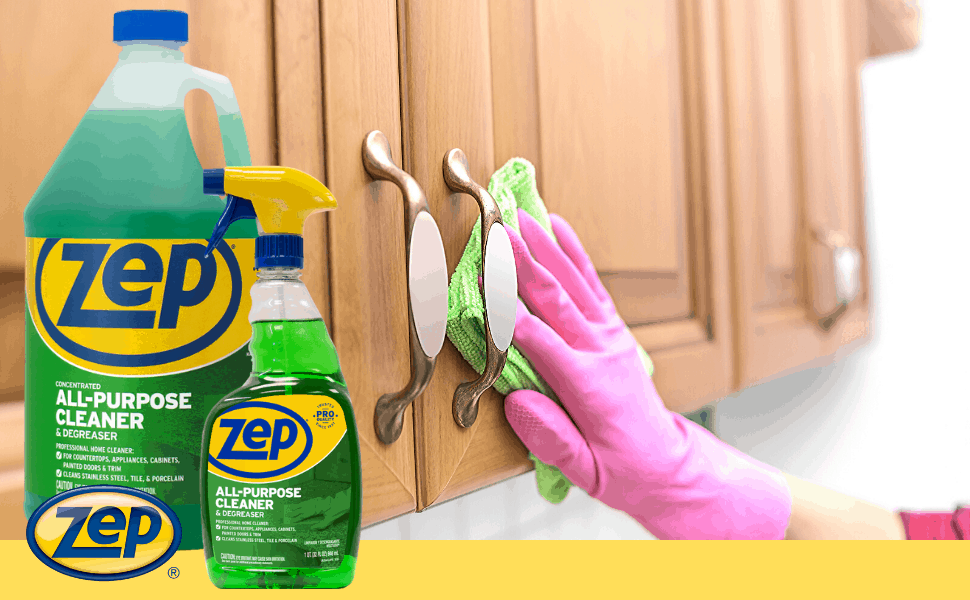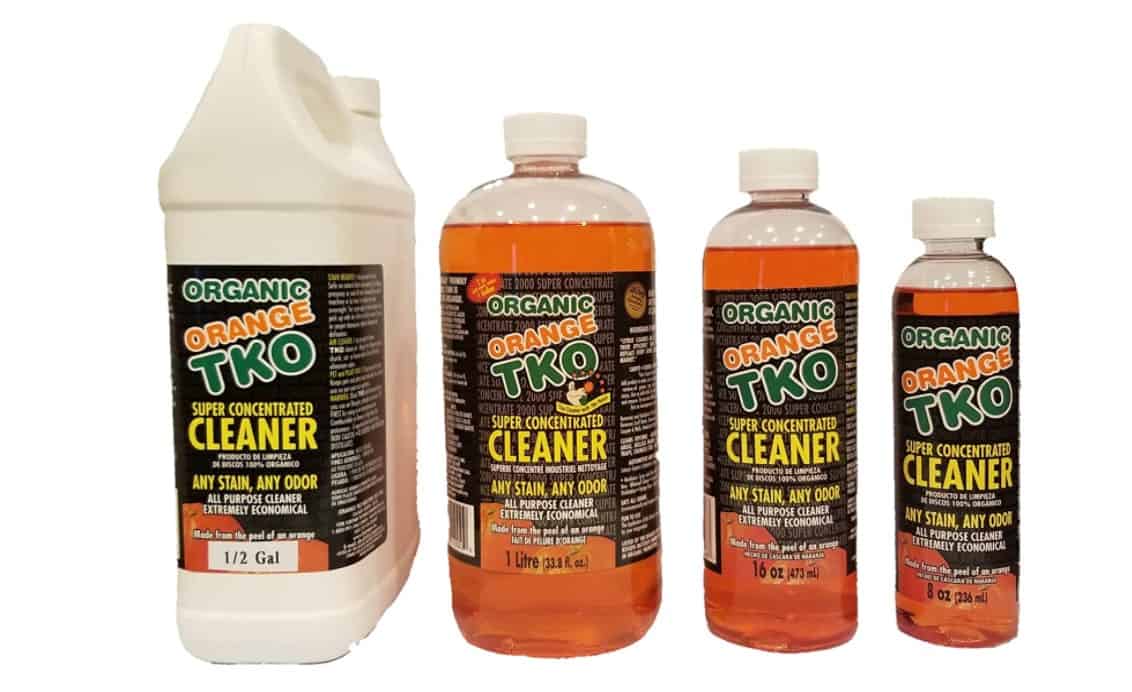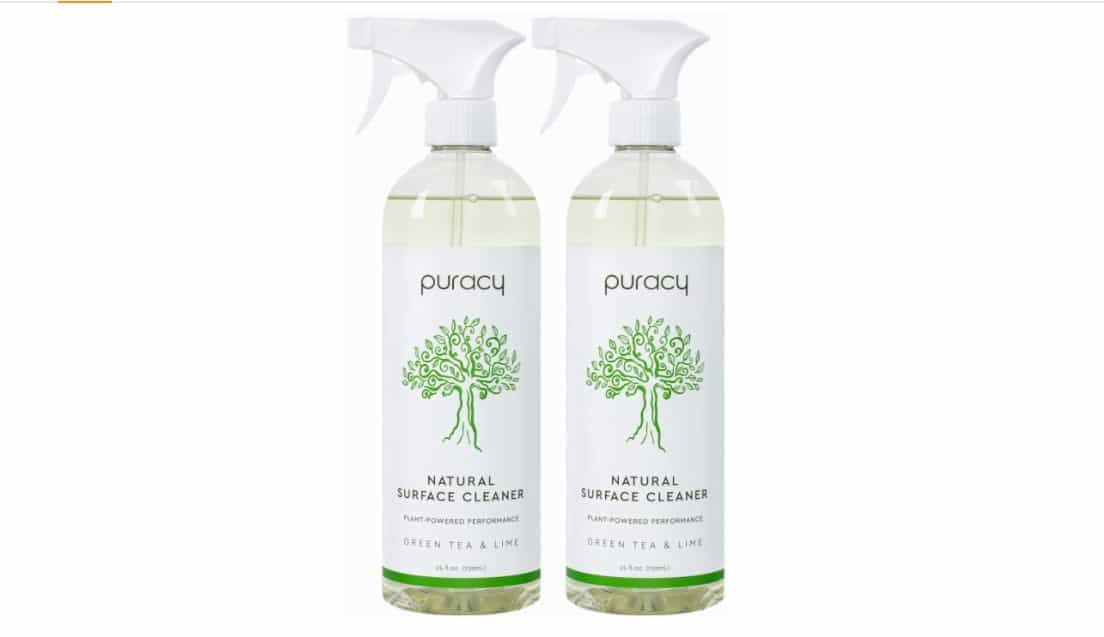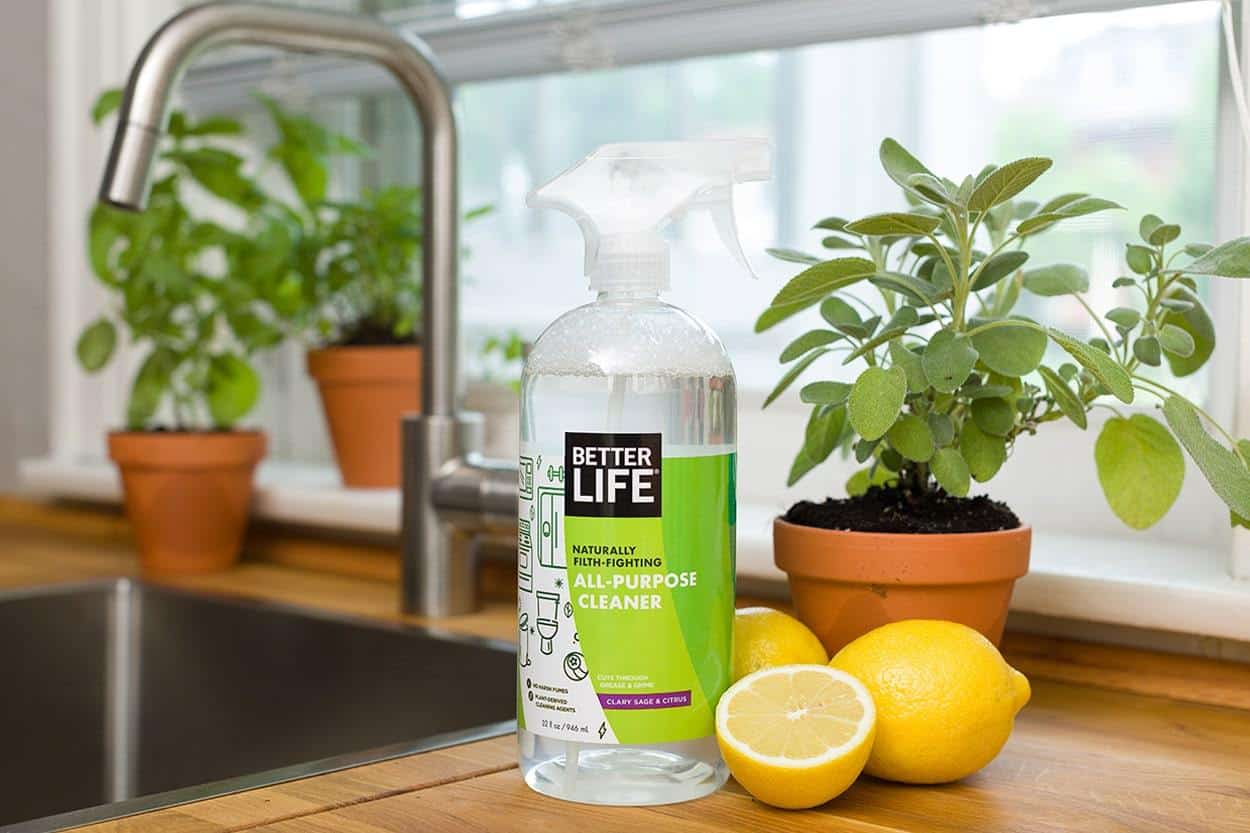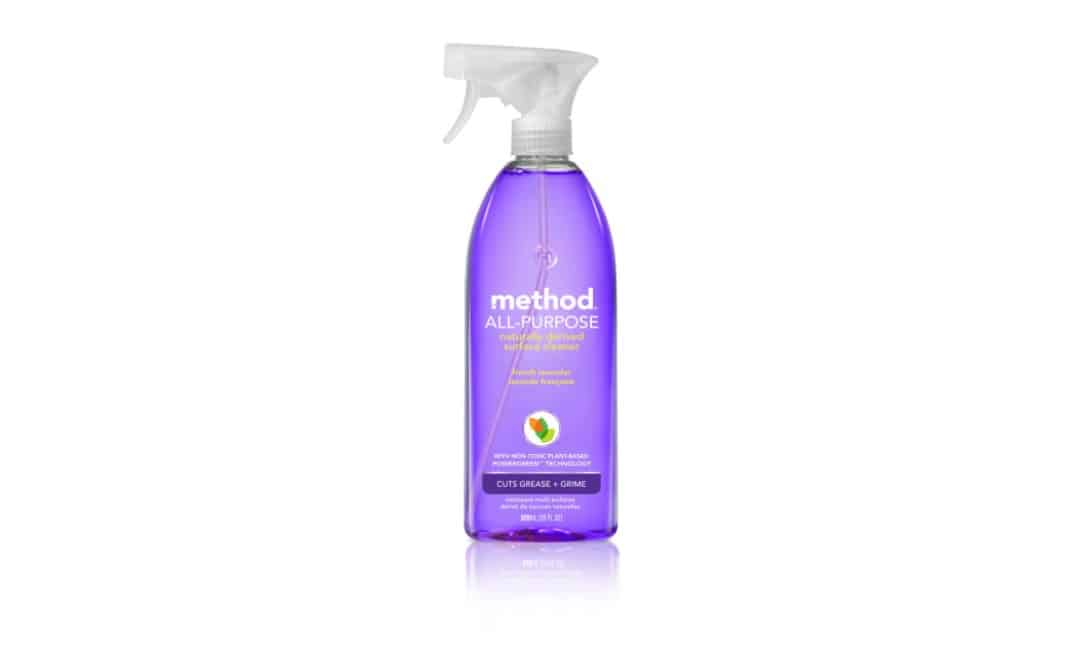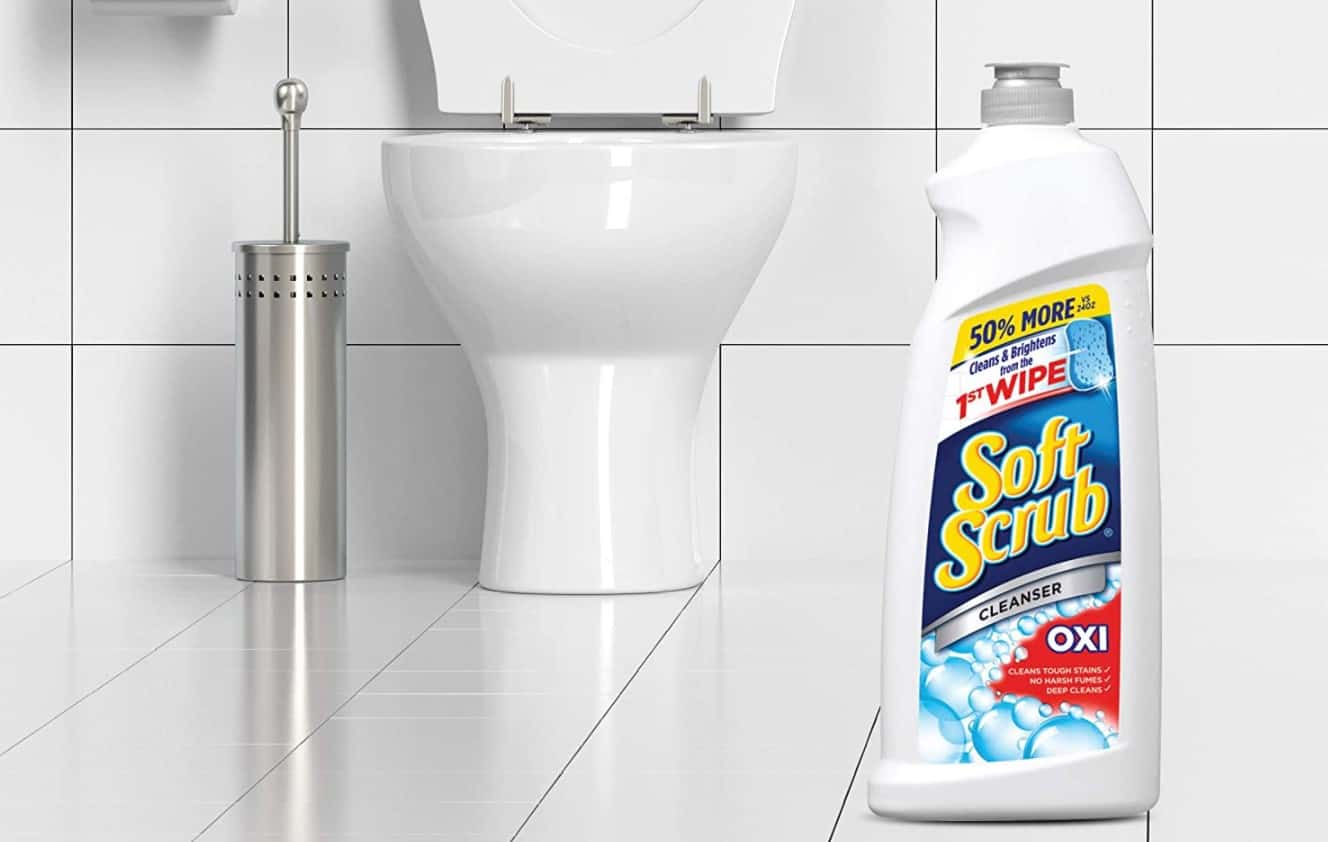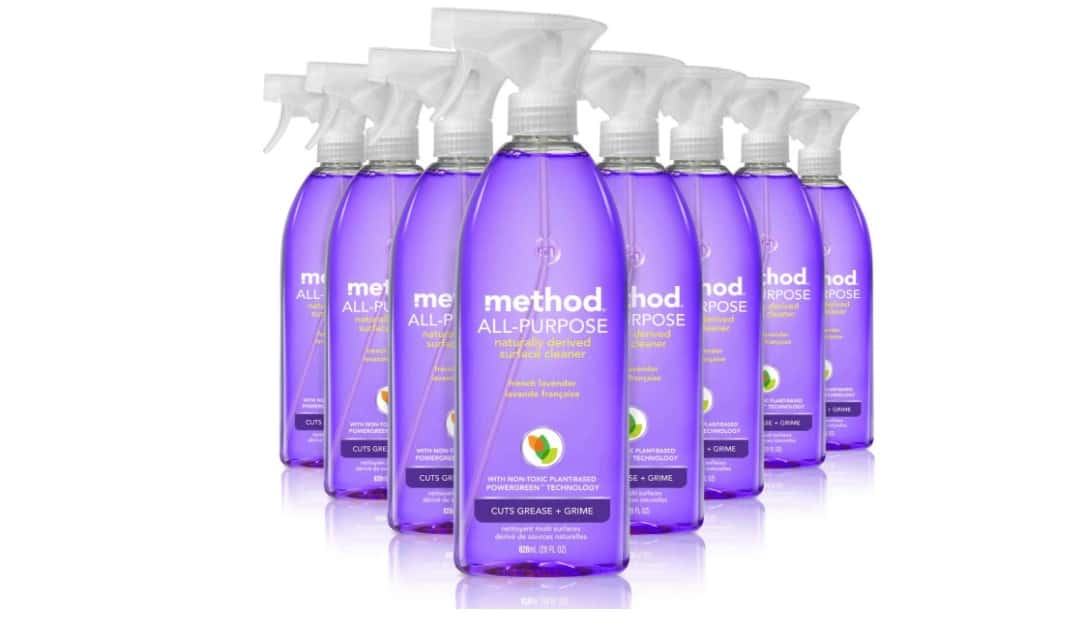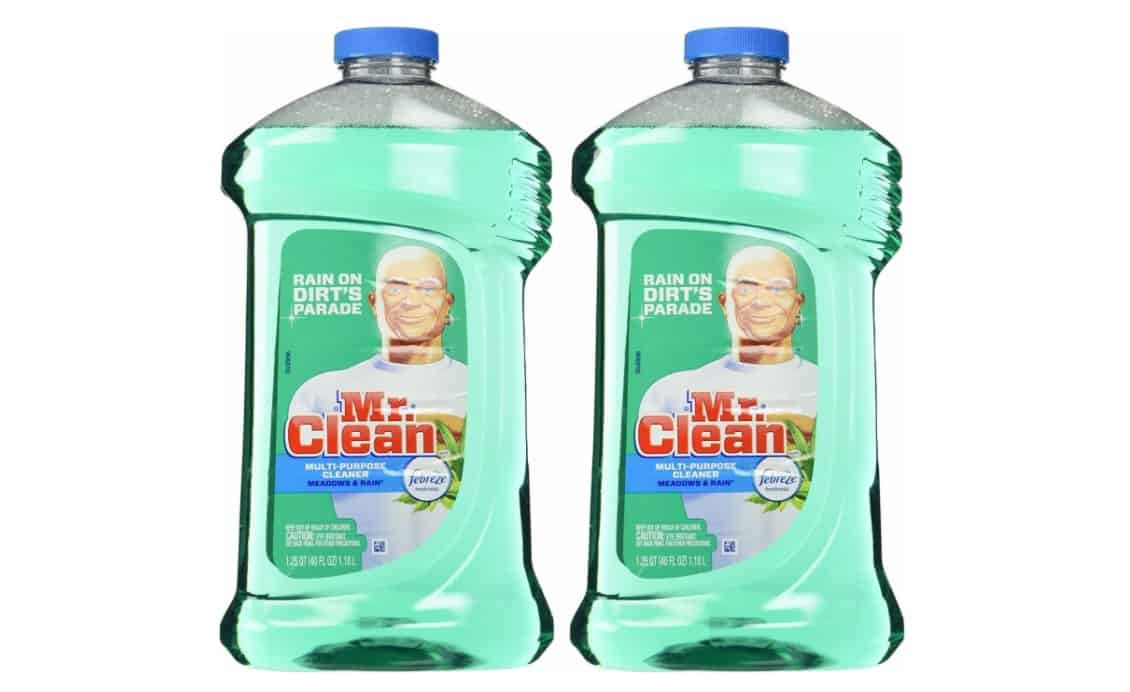Typical automatic coffee machines often brew subpar quality cups of Joe, so we set out to find the best coffee maker for your kitchen appliance counter—one that is capable of producing well-extracted cups with the proper balance of sweetness, acidity, and body.
So after a combined 50 hours of testing, we think the best drip coffee maker money can buy is the Technivorm Moccamaster. It extracts coffee perfectly, eliciting a pleasant acidity that was lacking in cups from other machines. Moreover, its taste profile exceeds if not matches the always tedious process of manual brewing.
So wonder no more what is the best coffee maker. Because we’ve done all the homework for you.
Top Coffee Makers Compared 2025
![Best Coffee Maker in [year] ([month] Reviews) 3 Best Coffee Maker in [year] ([month] Reviews)](https://www.gadgetreview.dev/wp-content/uploads/2014/08/moccamaster-coffee-maker.jpg) | ![Best Coffee Maker in [year] ([month] Reviews) 4 Best Coffee Maker in [year] ([month] Reviews)](https://www.gadgetreview.dev/wp-content/uploads/2014/08/bodum-bistro.jpg) | ![Best Coffee Maker in [year] ([month] Reviews) 5 Best Coffee Maker in [year] ([month] Reviews)](https://www.gadgetreview.dev/wp-content/uploads/2014/08/oxo-coffee-maker.jpg) | |
|---|---|---|---|
| Moccamaster KB 741 10-Cup Coffee Brewer | Bodum BISTRO Coffee Maker | OXO On Barista Brain 9 Cup Coffee Maker | |
| Amazon Rating | |||
| SCA Certified | |||
| Brew Time as Tested | 3:25 minutes | 3:45 minutes | 4:06 |
| Capacity | 10 cups | 5 cups | 9 cups |
| 24-hour Timer | |||
| Warranty | 5-years | 1-year | 2-years |
| Check Price | Check Price | Check Price |
How We Tested The Coffee Machines
![Best Coffee Maker in [year] ([month] Reviews) 15 Best Coffee Maker Testing](https://www.gadgetreview.dev/wp-content/uploads/best-coffee-maker-temperature-check-900x675-2.jpg)
While we only tested automatic machines, the human element is still a big factor. The quality of coffee you choose, as well as the amount you use and the size you grind it to can have a big impact on the taste of the resulting cup. Because of this, we controlled what factors we could and made choices to give each machine the best chance of performing well. Brew quickly to get your coffee fix fast with our fastest coffee maker machine.
We tested all the machines on the same day with coffee from the same batch of roasted beans—a high-quality house blend from a local roaster—to eliminate variables in quality from the beans themselves.
![Best Coffee Maker in [year] ([month] Reviews) 16 Weighting Coffee Grinds](https://www.gadgetreview.dev/wp-content/uploads/best-coffee-maker-900x675-2.jpg)
In order to assure the most accuracy possible, we weighed both water and coffee in grams with an Acaia kitchen scale and waited until each cup cooled to an ideal temperature—140°F—before tasting and evaluating the cup. (We used a standard digital probe thermometer.)
Though many of the machines we tested came with metal filters, we used whitened paper filters across the board to eliminate the differences between filters on the brew.
During the first round of testing, we used the same base specifications: a medium-fine grind setting (achieved with a high-quality burr grinder) and a brew ratio of 1:15 (that’s about 33 grams of coffee to 500 grams of water, which results in about a 16-ounce cup). In a real-life situation, you would tweak these specs in order to perfect the results of the machine.
After the first round, if we felt contenders, like our #1 pick the Technivorm Moccamaster, could perform better with tweaks to the brew ratio, grind setting, or other variables, we made them and used the best cup overall to judge the machine’s performance.
Although taste was our primary consideration, we did note other factors that consumers often value in a home coffee maker: ease of use, speed, and aesthetics.
Technivorm Moccamaster KBG 741
![Best Coffee Maker in [year] ([month] Reviews) 17 Best Coffee Maker Moccamaster](https://www.gadgetreview.dev/wp-content/uploads/best-coffee-maker-moccamaster-900x675-2.jpg)
Price: Check Price | Features: glass carafe, 10-cup capacity, includes permanent metal filter | Read Full Review: Technivorm Moccamaster KBG 741 Review
Award: Best Home Coffee Maker
WHY IT’S A TOP PICK: It brews, hands down, the best cup of coffee.
As someone who wrote a book on manually brewing coffee—a method that gives the user complete control over the time and temperature of the brewing process—I was a bit skeptical that a non-commercial machine could achieve café-quality results at home.
That being said, I was completely blown away by the perfectly extracted cups the Moccamaster produced. The coffee was extremely well balanced, and the machine was able to tease out a pleasant acidity that was lacking in cups from other machines.
It was also the fastest of the brewers we tested, brewing 500 grams of coffee in an average of three minutes and twenty-five seconds. This is impressive considering that the manufacturer claims the water stays within the ideal brewing temperature for the length of the brew cycle. The machine contains a copper heating element that seems to boil water almost instantly.
Dutch company Technivorm consistently make excellent drip coffee machines, and this Moccamaster KBT 741 drip machine is exceptionally good at brewing quality coffee. On first impression, the Moccamaster seems a bit rickety, especially compared to some of the sleeker models we tested, but after spending some time with the machine, it’s clear that it was engineered for utility and simplicity—it doesn’t need all the extra polish to brew a great cup (plus the entire machine is recyclable).
The Moccamaster requires a bit of (easy) assembly, but after that, you simply add your water and coffee and push a button. The design of this drip machine features sharp angles, a rectangular base, a trapezoidal water tank, and uses paper filters but can also use gold tone permanent filters. The machine is also remarkably quiet, and while its footprint appears larger than more square models, it’s narrow so it doesn’t take up too much counter space and can be easily tucked into a corner on your countertop.
From aesthetics to utility, the Moccamaster was engineered to make a great cup of coffee. Because it does this simply and quickly, it’s our choice for #1 Best Home Coffee Maker. Compare this to the best home espresso machine.
Bodum Bistro Automatic Pourover Coffee Machine
![Best Coffee Maker in [year] ([month] Reviews) 18 Best Pour Over Coffee Maker Bodum](https://www.gadgetreview.dev/wp-content/uploads/best-coffee-maker-bodum-900x675-2.jpg)
Price: Check Price | Features: stainless steel thermal carafe, 10-cup capacity, includes permanent metal filter | Read Full Review: Bodum BISTRO Coffee Maker
Award: Best Budget Coffee Maker
WHY IT’S A TOP PICK: It brews a great cup of coffee at a more affordable price point.
According to our testing, the Bodum Bistro produced the third-ranked cup (after the OXO Barista Brain) in terms of taste, but we’re making it our #2 Best Home Coffee Maker because it can be purchased for a fraction of the cost of some of the other high-end models, including the Moccamaster, which is more than double the cost of the Bodum Bistro. It also looks great on the countertop, and its sleek peek-a-boo design lets you watch as the water heats and makes its way to the grounds.
Cups made with this machine lacked some of the complexity that we found in cups from the Moccamaster and OXO Barista Brain, but the coffee was still well extracted and of very high-quality. In terms of speed, it was the second fasted machine to brew 500 grams (in about three minutes and forty-five seconds).
The design is notably functional. Both the water tank and the filter holder are removable—which isn’t always the case—making them easy to fill and clean. This model also comes with a stainless steel thermal carafe, a feature that usually costs extra on other machines, that keeps your coffee hot. Speaking of pour over, have a look at the best pour over coffee maker.
OXO Barista Brain
![Best Coffee Maker in [year] ([month] Reviews) 19 Best Coffee Maker OXO with Carafe](https://www.gadgetreview.dev/wp-content/uploads/best-coffee-maker-oxo-750x563-2.jpg)
Price: Check Price | Features: Stainless steel thermal carafe, 9-cup capacity | Read Full Review: OXO On Barista Brain 9 Cup Coffee Maker
Award: Best for All Day Coffee Drinkers
WHY IT’S A TOP PICK: Excellent coffee in an attractive, accessible package that stays hot throughout the day without the flavor loss.
Our #3 pick for the best home coffee maker is the OXO Barista Brain, which retails for $199.99. It produced our second favorite cup of coffee, but we aren’t convinced the small bump in quality is worth the extra $70 when compared to the Bodum Bistro.
However, if you care about what your machine looks like, this one is very sleek and modern, while still being extremely user-friendly (the user guide is actually very informative and easy to read).
It also has a specific setting for making it ostensibly the best single serve coffee maker, which cannot be said for all machines. If you’re like me and sometimes only want one mugful in the morning, you’ll find this feature particularly practical.
If you do want multiple cups of coffee, the thermal carafe comes in handy. This model has a“freshness timer” that times out after 60 minutes. But because the coffee is in a thermal carafe, the coffee won’t lose temperature as quickly as coffee in glass carafes.
For making and storing extra coffee, I preferred the OXO to the Moccamaster, which also has an auto-off heat plate but no thermal carafes (although models with thermal carafes are available). The Moccamaster’s thermal plate keeps the coffee extremely hot between 175 and 185 degrees Fahrenheit, but it tastes noticeably degraded the longer it stays on the plate. The OXO’s coffee maker seems to keep your coffee fresher, longer.
The Remaining Picks
There are three other drip coffee makers we tested that produced OK results.
The first is Cuisinart DCC-3200 Perfect Temp programmable coffeemaker, which as of this writing, is the number one best seller on Amazon. We found it difficult to achieve a balanced cup on this machine, and they often were strangely oily and bitter, a sign of bad extraction.
![Best Coffee Maker in [year] ([month] Reviews) 20 Cuisinart Coffee Maker](https://www.gadgetreview.dev/wp-content/uploads/best-coffee-maker-cuisinart-900x675-2.jpg)
We tested this machine over and over, and couldn’t seem to get the results into that top tier of quality. This programmable coffee machine has a water filter, a permanent filter, auto shutoff, and a “brew strength” control where users can select from “regular” or “bold,” but we never quite figured out what the setting actually controlled, although coffee brewed on the “bold” setting tended to be better extracted.
This programmable coffee maker boasts its adjustable brew strength feature lets you control how rich or watery you make your coffee. In the coffee world, the term brew strength refers to the number of total dissolved coffee solids in a cup. It expresses itself, in part, by how the coffee feels in your mouth: thick or thin. The more coffee to water you use, the higher the strength and vice versa. Therefore, a machine can’t actually control brew strength, unless it’s holding back water (which it isn’t). One bonus is the fact that it is capable of brewing a single cup, which not all multi-cup models can do.
![Best Coffee Maker in [year] ([month] Reviews) 21 Behmor Brazen Connected](https://www.gadgetreview.dev/wp-content/uploads/best-coffee-maker-behmor-900x675-2.jpg)
Next, we have the Behmor Brazen Connected, which can be controlled wirelessly through your phone.
The manufacturer boasts about the number of settings you can control to create your perfect brew profile, but it only allows you to select the temperature and the presoak time, which admittedly can influence your brew but, in this case, does not seem worth the hassle—especially because you can only choose to brew six or eight cups—nothing more, nothing less, and nothing in between.
We feel that if you are the kind of person who is interested in controlling your brew temperature and presoak times, you would also be the kind of person who would like to choose your own volume of coffee. We would also expect that using the machine’s default settings and its recommended coffee dose would result in a well-extracted cup.
While the cup was arguably better than one a standard machine would have produced, it simply did not stand up to the high-performers in our testing, coffee makers that simply required a push of a button.
On top of all that, the technology was disappointingly finicky. It took us a good 45 minutes to get the machine to even connect to the phone. When it finally did, we spent several more minutes waiting for a firmware update. Then, once we finally figured out how to control the machine, each brew took an average of eleven entire minutes—something that, in our view, defeats the purpose of an automatic machine (manual devices can usually make coffee in 5 minutes or less).
Whereas machines such as the Moccamaster and Bodum Bistro brought their water to temperature seemingly in a matter of seconds, the Behmor Brazen let its water boil for several minutes in the water chamber (which we found unsettling in and of itself) before any extraction took place.
![Best Coffee Maker in [year] ([month] Reviews) 22 Black and Decker Home Coffee Maker](https://www.gadgetreview.dev/wp-content/uploads/best-coffee-maker-black-and-decker-900x675-2.jpg)
Our least expensive model, the Black & Decker DCM600B retailing for a mere $19.99, made claims, though nonspecific, about achieving an ideal brewing temperature. We doubt this model can sustain an ideal brewing temperature the way other models can, since the resulting cups tended to be rather unnuanced. This model is small and the closest to a “typical” coffee maker of any on our list, but even so, it produced a cup that, at least, rivaled the Cuisineart. Although these cups were the least complex of all the cups we tasted, it didn’t tend toward bitter, as cups from other machines did. It’s certainly not flashy, but it got the job done for around twenty bucks.
Beginner’s Guide To Coffee Makers
If you’ve never used a coffee maker, you are seriously missing out. These appliances give us fresh, hot coffee without the need to tend the stove or manually soak the coffee grounds and many will keep coffee warm for you after it’s done. While you may think all coffee machines are the same, there are actually many variations to this everyday cooking tool. For example, some modern coffee machines offer smart app connectivity and brew settings to dial in the coffee strength you want from the brewing process. Fortunately, with our guide you will learn everything a beginner needs to know about coffee makers.
What Exactly Is A Coffee Maker?
While the history of the coffee maker can technically be traced back to the Turks in 575 AD, the invention as we know it today is generally credited to Melitta Bentz in 1908. So, what is a coffee maker? In a nutshell, a coffee maker is a kitchen appliance that uses hot water and ground coffee beans to make a fresh brew. Most modern models are electric and feature programmable settings, adjustable brew times and brew schedules. For the standard brew, you need to use clean water and a reusable or paper filter. If you want to know what drip coffee makers are, on the other hand, they’re simple enough: they drip water through the grounds, as the name implies. When it comes to what espresso machines are, they’re slightly more complicated, as they use a machine that specially pressurizes and heats water to push it through the chamber where the espresso is placed and out into an espresso cup.
Stat – 42% of Americans make their coffee using a drip coffee maker.
How Do Drip Coffee Makers Actually Make Coffee?
Drip coffee makers use a heating element to boil water. The water travels through the tubes inside the machine to the showerhead. Then, the water drips onto the grounds, becoming saturated before falling into the coffee pot.
Infobox – One of the oldest methods of making coffee before coffee makers were a thing was simply boiling water and tossing the grounds into the same pot. You still strained it afterwards though, because no one likes a mouth full of grounds.
Using A Coffee Maker
If you’re wondering how to use your coffee maker, don’t worry, it’s very easy! These instructions also largely apply to how to use a drip coffee maker. Plug the appliance into the wall and fill the water tank. Then, place the filter and coffee grounds into the filter basket. Lastly, close the lid and press the brew button. Once the brew is finished, remove the coffee pot from the hot plate to avoid burning the coffee. If you need specific instructions for using something like how to use a French press, or perhaps how to use a percolator, the method will differ slightly, but remains simple and straightforward.
Infobox – How Long Should You Expect A Coffee Maker To Last? The average useful life of a well-made coffee maker is about five years, but commercial models can last nearly a decade. That said, you can extend the life of your coffee appliance by performing regular cleaning and maintenance. If not correctly cared for, an old coffee maker can grow mold and stop brewing your drinks.
How Much Should You Expect To Spend On A Coffee Maker?
If you’re investing in a coffee machine, you want the best machine you can get for your money. Due to variation in design and features, there is a large range of possible prices you may pay for a coffee maker. For example, a simple 4 cup capacity coffee machine should cost about $30 to $50. In contrast, a high-end artisan model can cost between $150 to $1500. Largely, it depends on the type of drinks you want to make and the number of advanced features you want. Read on to see what you can expect from your coffee machine budget.
How To Choose A Coffee Maker
Step 1. What Kind Of Coffee Do You Like To Drink?
Finding the right coffee maker can feel challenging. However, with the proper knowledge and a little help, you’ll be able to find an excellent match for your lifestyle. One of the first things you should consider when you’re picking a coffee maker is the kind of coffee you like drinking. There are tons of different types of coffee makers to compare depending on what you like drinking. You may be comparing drip coffee makers and espresso makers, for instance, if you like espresso now and again. And if you want something low-tech but still able to make strong coffee, you may want to compare regular coffee makers with French presses.
Stat – SCAA standards require any coffee maker to reliably heat water for coffee to 195 to 205F Fahrenheit. Too low and the coffee doesn’t release its goodness into the water correctly, and too high burns the coffee and destroys important flavor compounds.
Step 2. How Much Time Do You Have (To Brew)?
Most people think that the brewing method and type of coffee is the most critical factor for choosing a coffee maker. However, your brewing speed will seem more important when you’re in a morning rush. It’s crucial that you decide whether good coffee is worth the wait or if fast coffee is good enough. If you’re regularly in a hurry before you get your morning cup, you’ll want a coffee maker with a fast brew time.
Step 3. How Much Coffee Do You Regularly Make?
Unless you’re opening a cafe, you don’t want your coffee maker to dominate your cooking space. That said, you also don’t want a unit too small if you plan on serving coffee to guests or if your family is a bunch of coffee lovers that are regularly brewing pots of coffee. Luckily, there are a ton of feature-rich coffee makers that come in a wide range of sizes. So, whether you want a personal brew or a machine with a large enough brew size to share with the office, you have options.
Step 4. How Much Does Coffee Temperature Matter To You?
Water temperature is critical in brewing delicious coffee. Ideally, a brewer will heat the water between 195 degrees to 205 degrees Fahrenheit to extract flavor without burning the coffee, making it bitter, or under-extracting, which will make it sour. The SCAA (Specialty Coffee Association of America) engages in extensive testing of coffee makers and has strict coffee extraction requirements, which helps make it easier to pick out the best SCAA certified coffee maker. These requirements include the brew basket volume, brewing time, brewing temperature, uniformity in extraction, and low sediment, among other things.
Step 5. Does It Matter To You Where Your Coffee Maker Is Made?
There aren’t many USA-made coffee makers on the market but purchasing the best USA-made coffee maker is excellent for boosting the country’s economy and improving local job security. If you want coffee makers that feature superb craftsmanship and have been prepared in a sustainable way, you’re looking at USA made coffee machines.
Types Of Coffee Makers
Coffee Makers By Brew Method
- French Presses
- Drip Coffee Makers
- Single Serve Coffee Makers
- Pour Over Coffee Makers
- Coffee Percolators
- Moka Pots
- Espresso Machines
Coffee Makers By Special Use
Coffee Makers By Feature
Coffee Makers By Size
Coffee For Your Coffee Maker
Top Coffee Maker Brands
A quality coffee maker offers fantastic-tasting coffee with modern conveniences. The top models offer brew schedules, heated carafes, and smart home connectivity. While so many features may seem overwhelming, you can simplify the shopping process by exploring the top coffee maker brands instead. By understanding the main players in the industry, you can get a clearer picture of what each brand specializes in. In addition, research their warranty quality and level of customer support.
Owning A Coffee Maker
While it’s easy to assume that owning a coffee maker is a simple thing, there are a few things you need to know. Understanding the do’s and don’ts of owning a coffee maker will give you flavorful coffee and the safest use of your appliance. That said, knowing how to use its many features is just the beginning. You’ll also want to familiarize yourself with how to clean and maintain the unit. While most maintenance is simple, it is important if you want quality taste and a drink free from contaminants.
Cleaning Coffee Makers
If you want to know how to clean your coffee maker, it’s worth it to know that you have to perform both basic and deep cleans. While basic cleaning should happen after every brew cycle, you only need to deep clean once a month. If you neglect to clean it, you may soon find yourself trying to figure out how to clean mold out of your coffee maker. Fortunately, cleaning itself isn’t difficult or expensive, as common household ingredients can provide a thorough cleaning. You can clean a coffee maker with baking soda, lemon juice, table salt, and even clean your coffee maker with white vinegar. Remember to also keep your coffee maker’s warming plate clean and free of dried coffee, and if your machine features a removable water reservoir, make sure to take it off and clean it as well.
Repairing And Maintaining Your Coffee Maker
To maintain your coffee maker, you should consider descaling every month or so. If you don’t know what descaling your coffee machine is, it’s simple process that removes mineral build up in your coffee maker. Doing it regularly will keep you from having to look up how to fix your coffee maker because of scale problems. This process also prevents a number of issues, especially in pod machines like a Keurig, so it’s important to know how to descale Keurig makers and other pod machines. If you have trouble with leaking after trying to descale your coffee machine, try checking the tubing and valves for a clog.
Top Tips For Making Great Coffee in Your Coffee Maker
Making the perfect cup of coffee with your coffee maker begins with high-quality beans, preferably not pre-ground coffee. Make fresh grinds for every cup you brew to achieve maximum flavor and be sure you know how to grind coffee for your coffee maker. Use filtered water to avoid tampering with the delicate flavor of your coffee and be mindful of water ratios for the kind of coffee you’re brewing, as well as the bloom time each coffee has. Beyond that, investing in a high-quality appliance will make a massive difference for your morning cup. Also, remember that how you measure your coffee is important, as you don’t want to make your coffee too weak or too strong.
Stat – Americans drink two cups of coffee per capita, daily. That’s roughly 646 million cups of coffee a day.
Understanding Coffee Maker Features
Today’s coffee makers can be as modern or minimal as any other kitchen appliance. While a classic French press is effective, the current generation of coffee makers offers a slew of features to make your life easier. Some come with details manuals offering information on how to program your coffee maker to best take advantage of its features. Features range from something as simple as a timer to more complex programming involving temperature and brew times, which help to create a truly customized cup of coffee. If you want to know how to set a timer for your coffee maker, it’s easy and means you can look forward to waking up to the smell of coffee.
Accessories For Your Coffee Maker
Once you find your perfect coffee maker, you’ll want to make the most of it. To get everything you can out of your new appliance, you should consider several different accessories, such as our pick for the best coffee grinder, or our choice for the best pour-over coffee grinder to help you grind coffee down, so it brews just right. In addition, you can buy reusable coffee filters to help save money and reduce your impact on the environment. If you’re someone who really enjoys cappuccinos or lattes, you may want to look into our pick for the best milk frothers too!
![Best Coffee Maker in [year] ([month] Reviews) 1 Technivorm 59691 KB Coffee Brewer, 40 oz, Brushed...](https://m.media-amazon.com/images/I/419w2rp0IqS._SL160_.jpg)
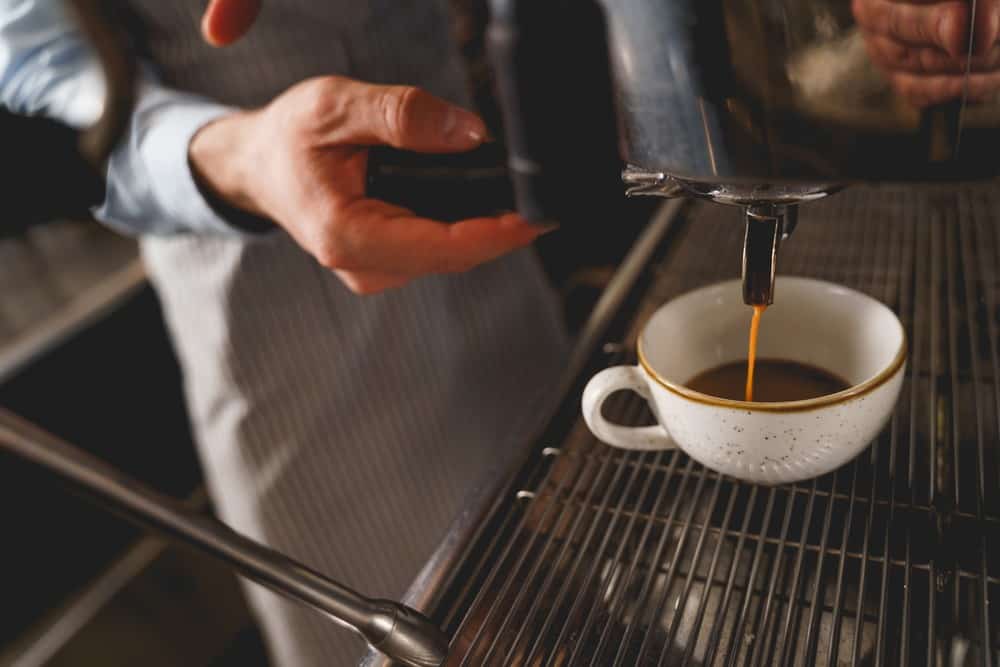
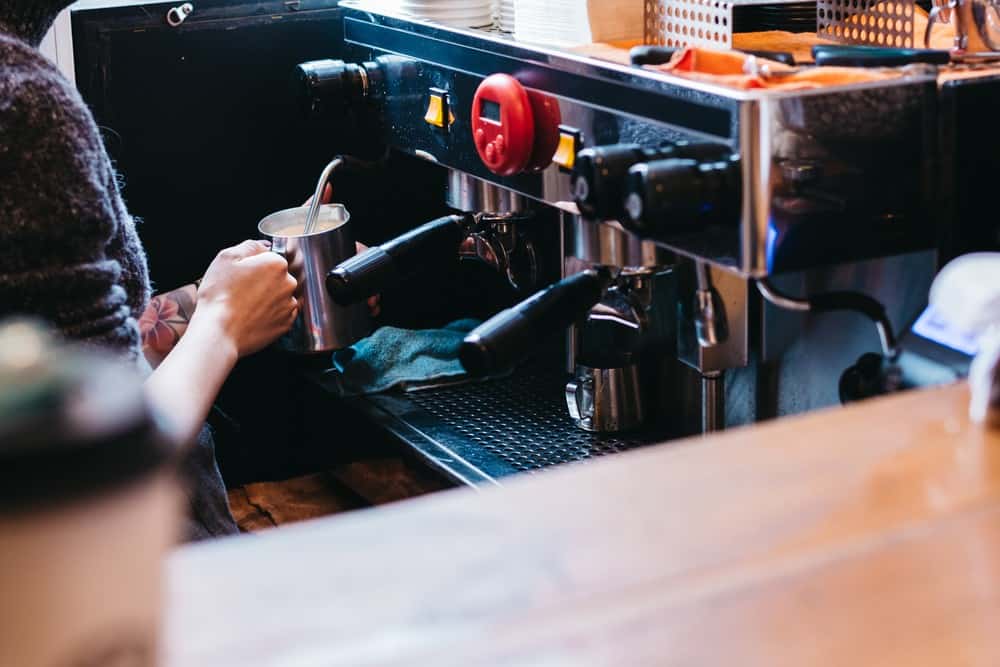
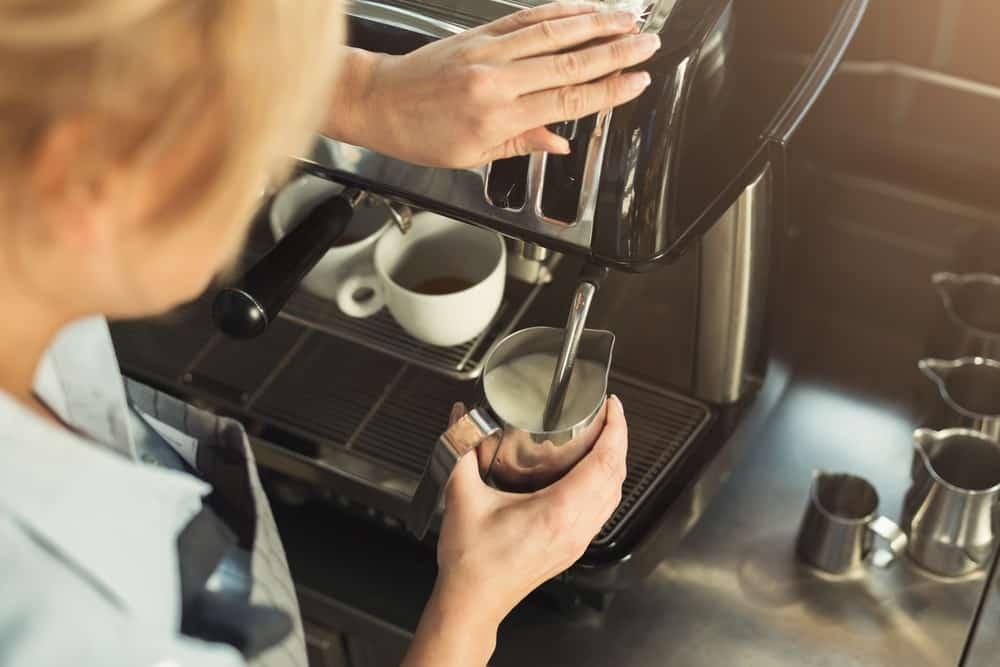
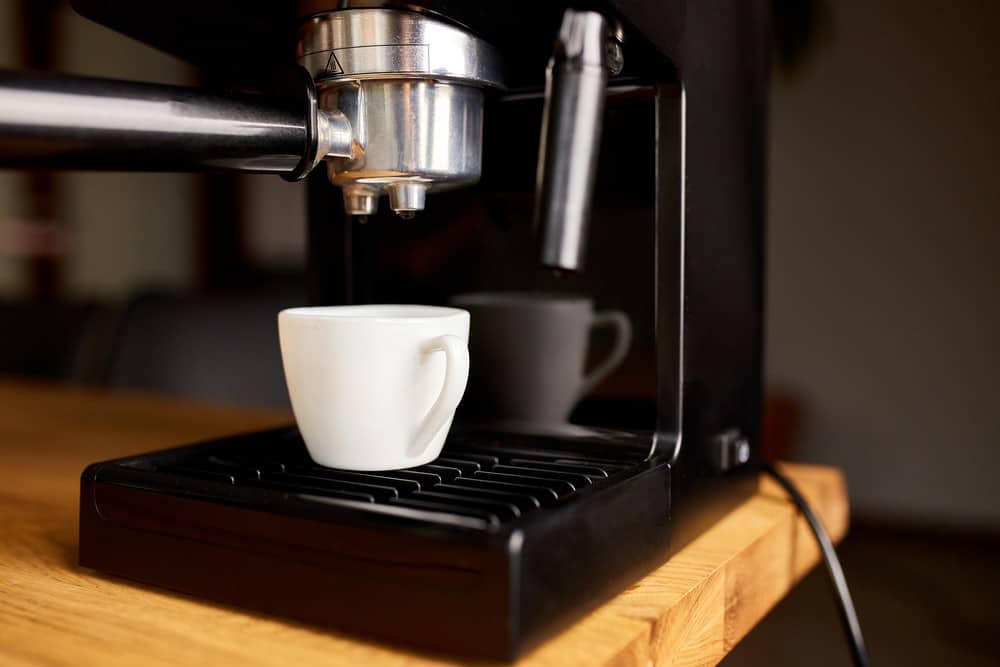
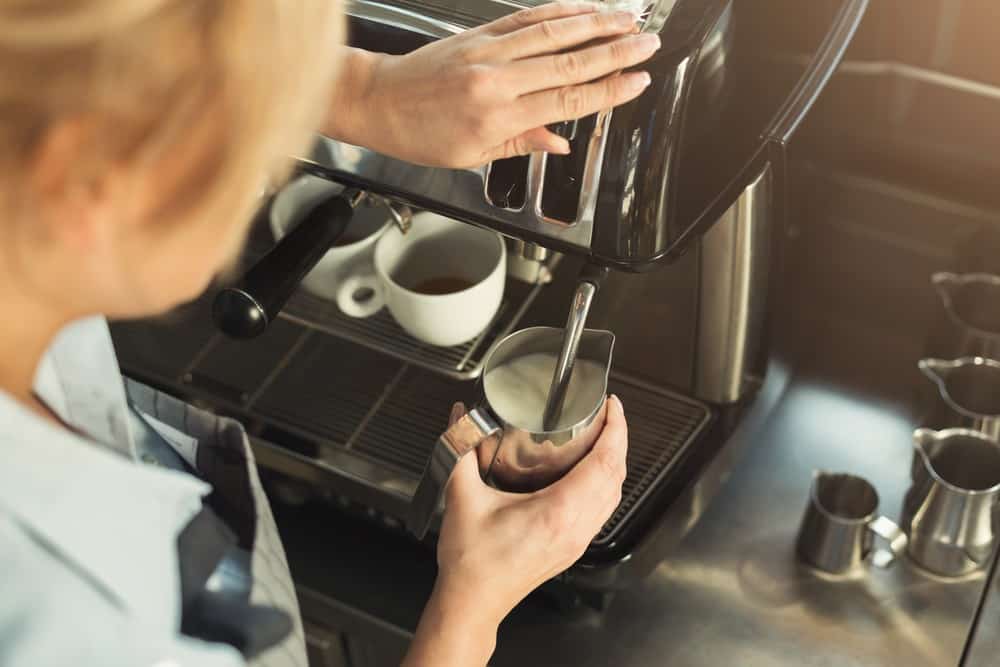
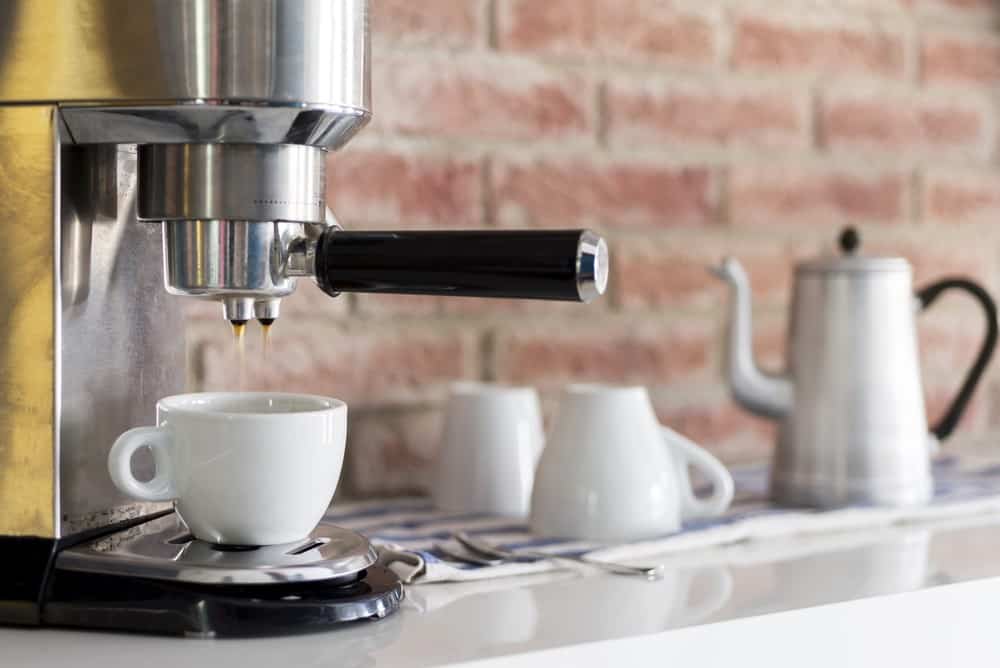
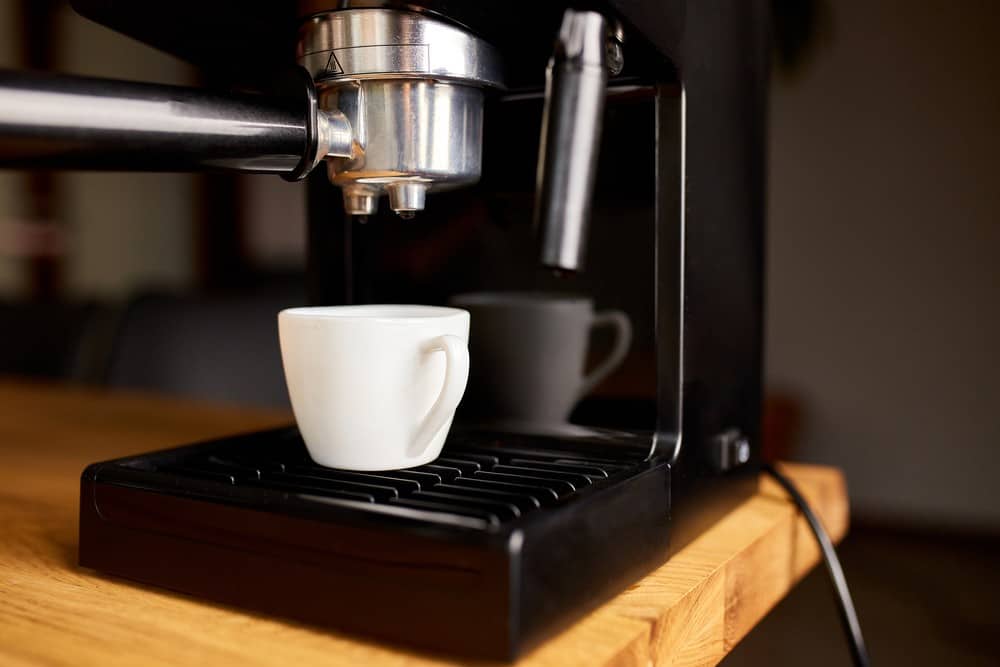
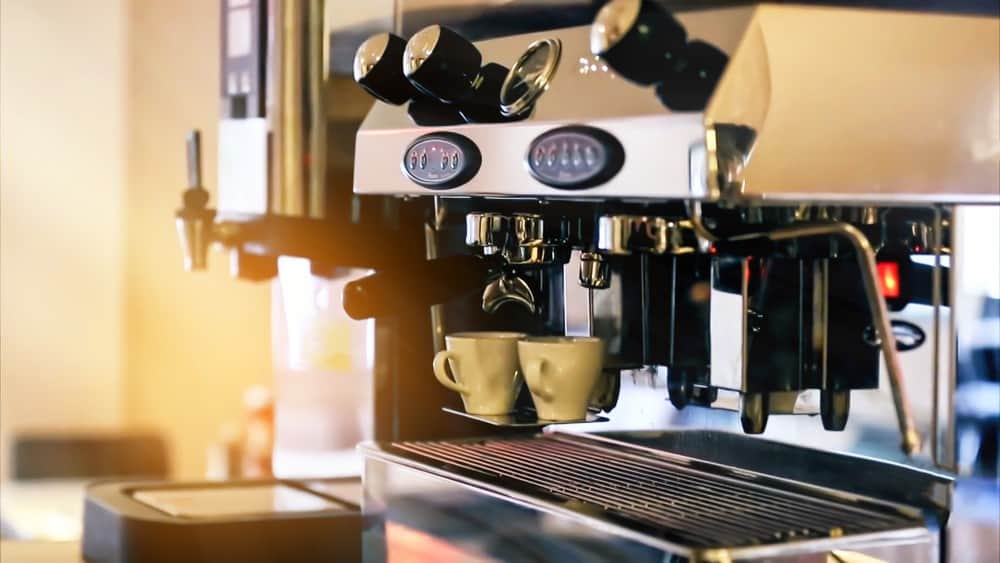
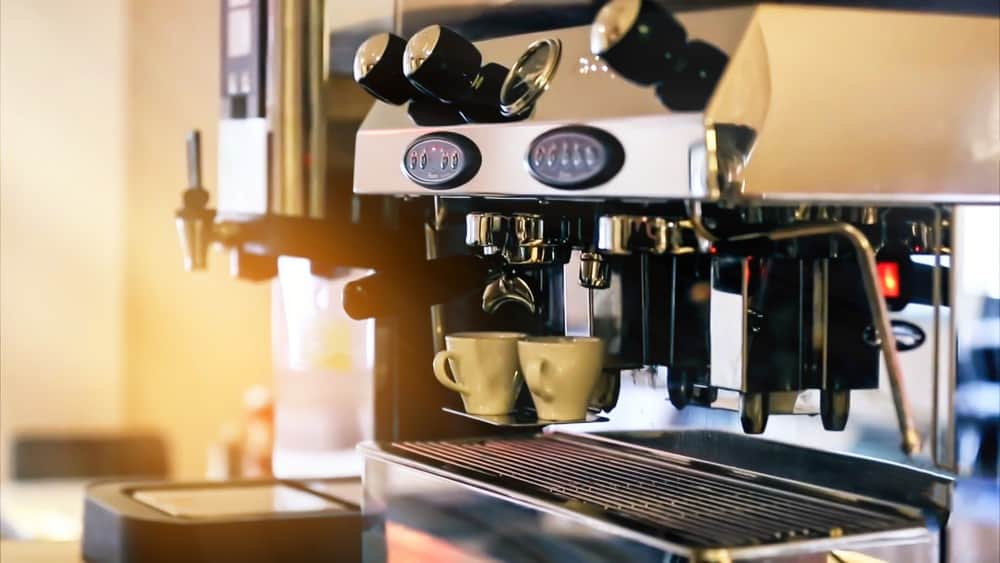
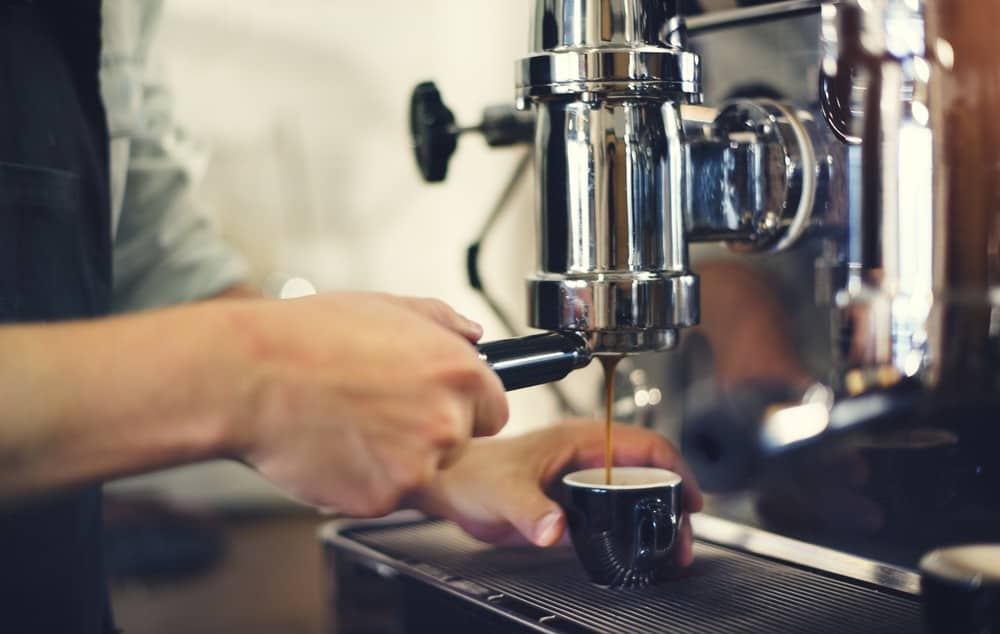
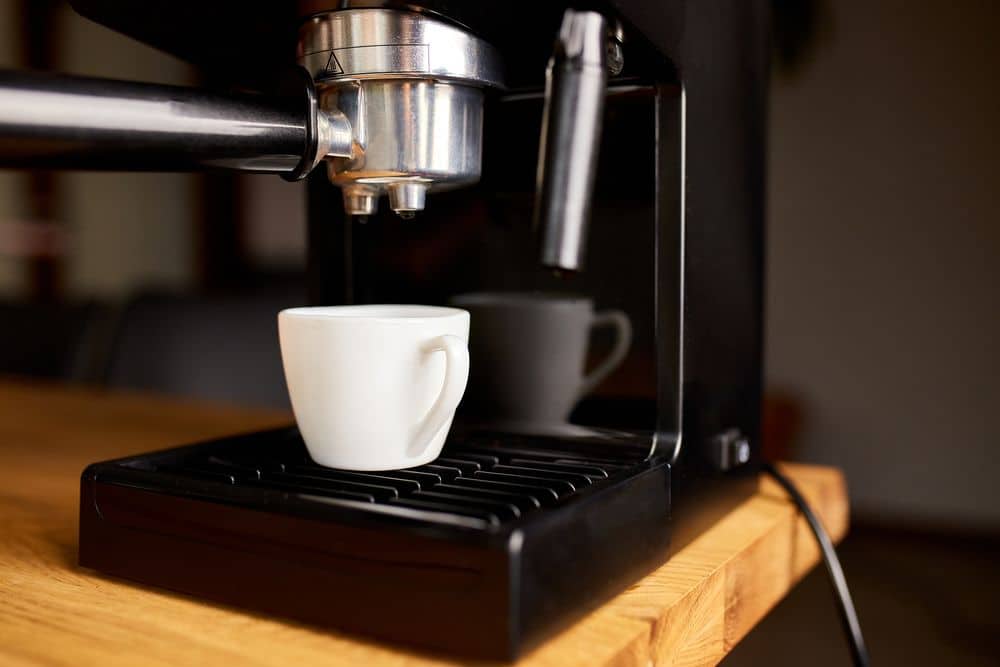
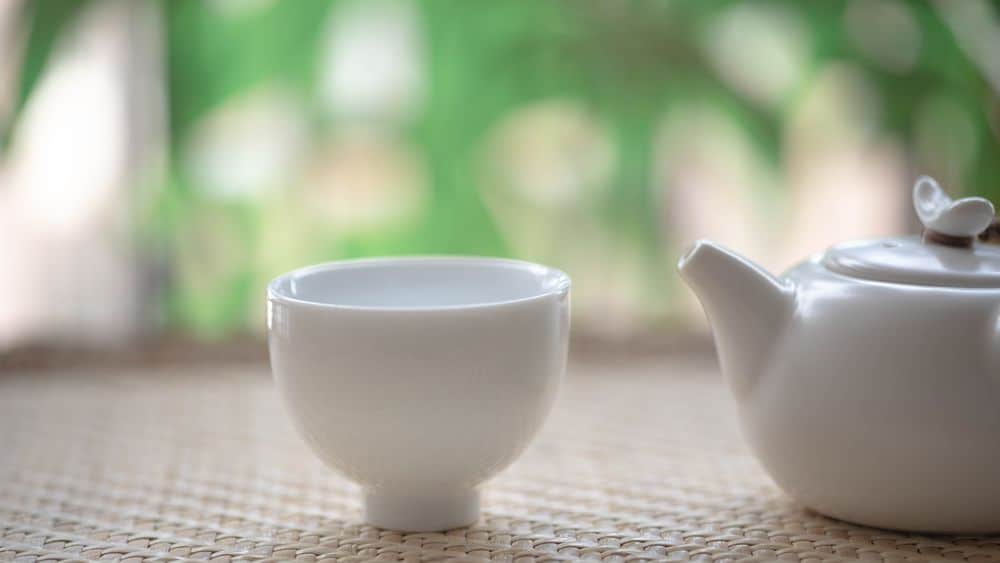
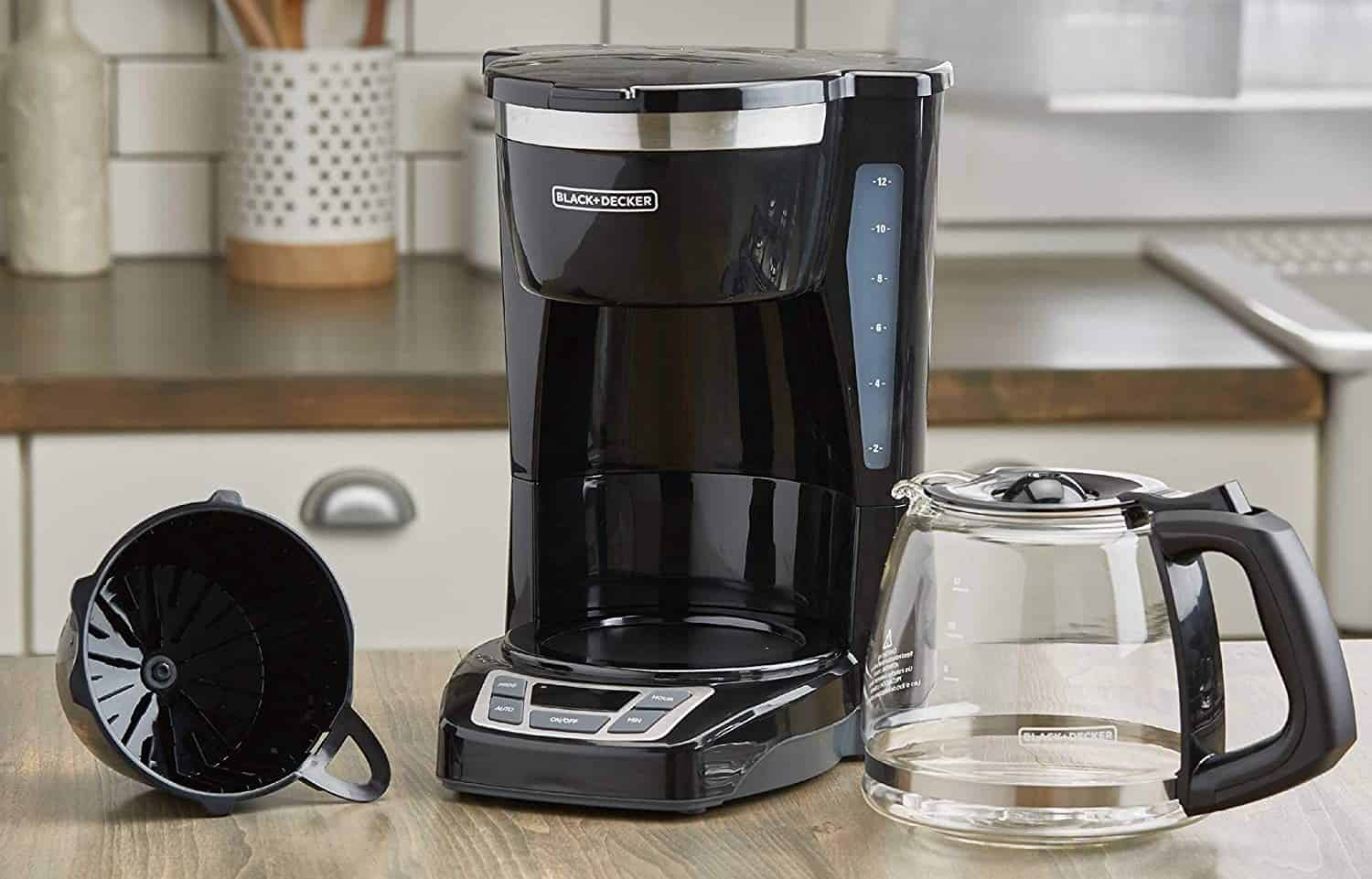
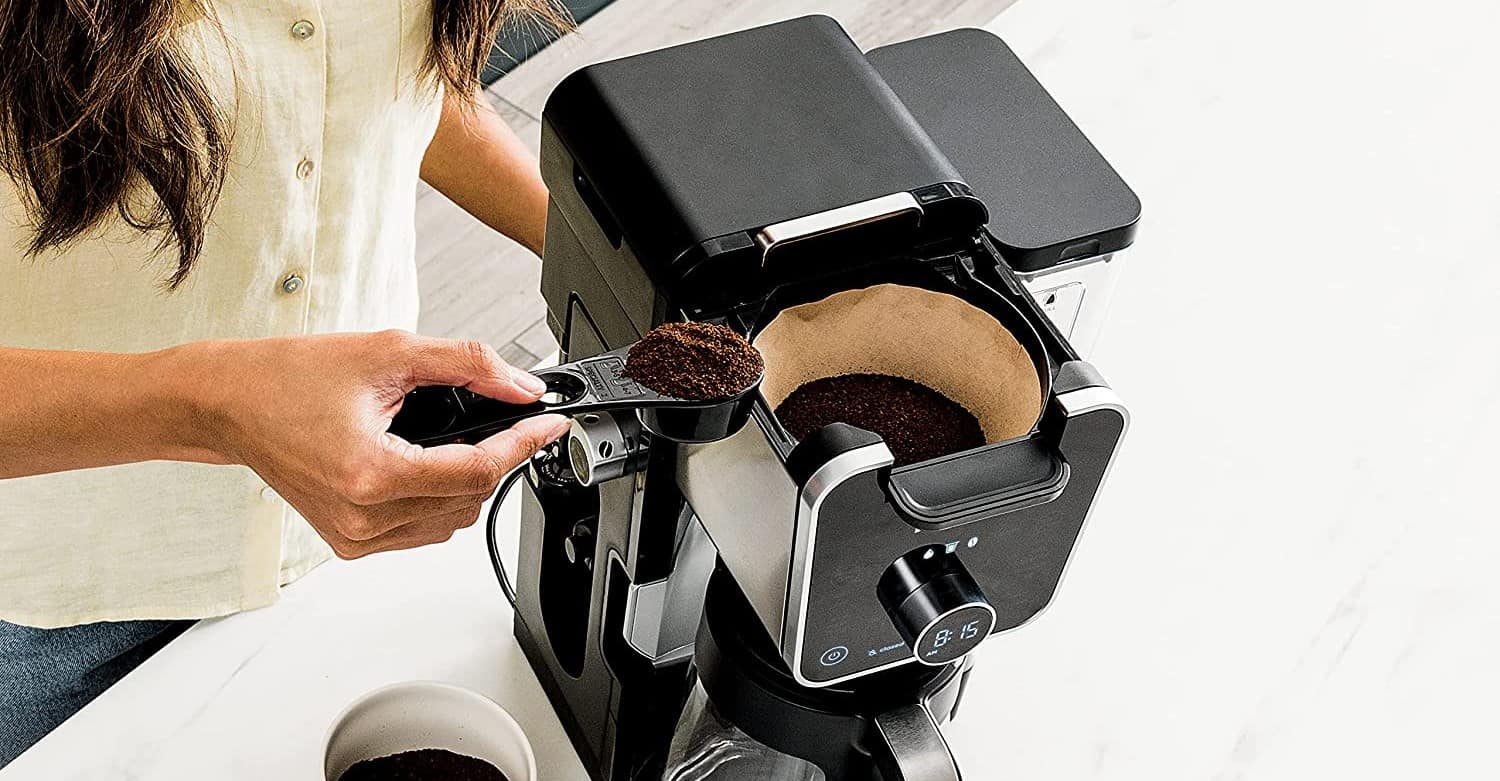
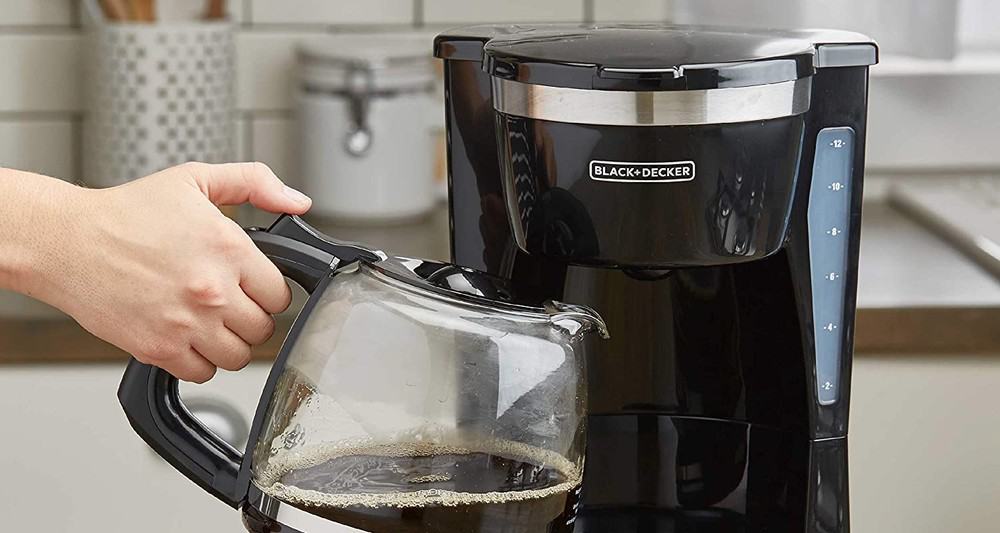
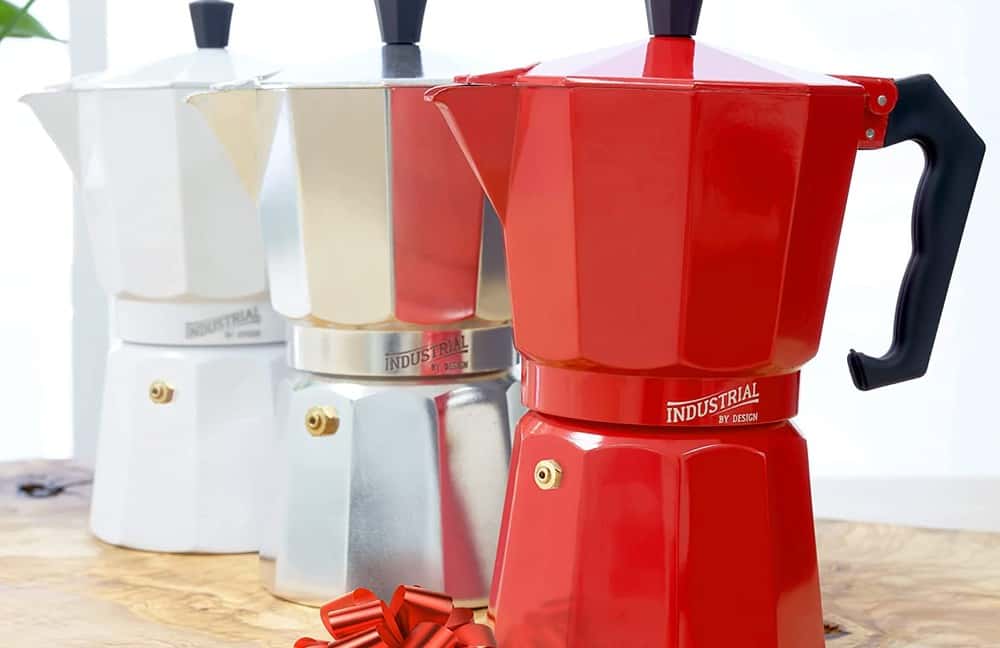
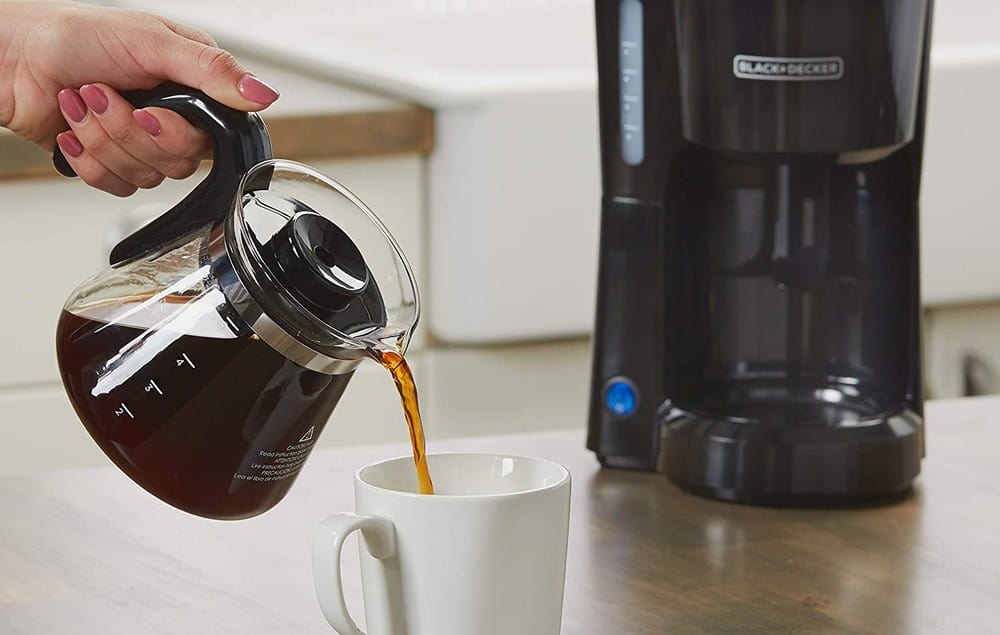
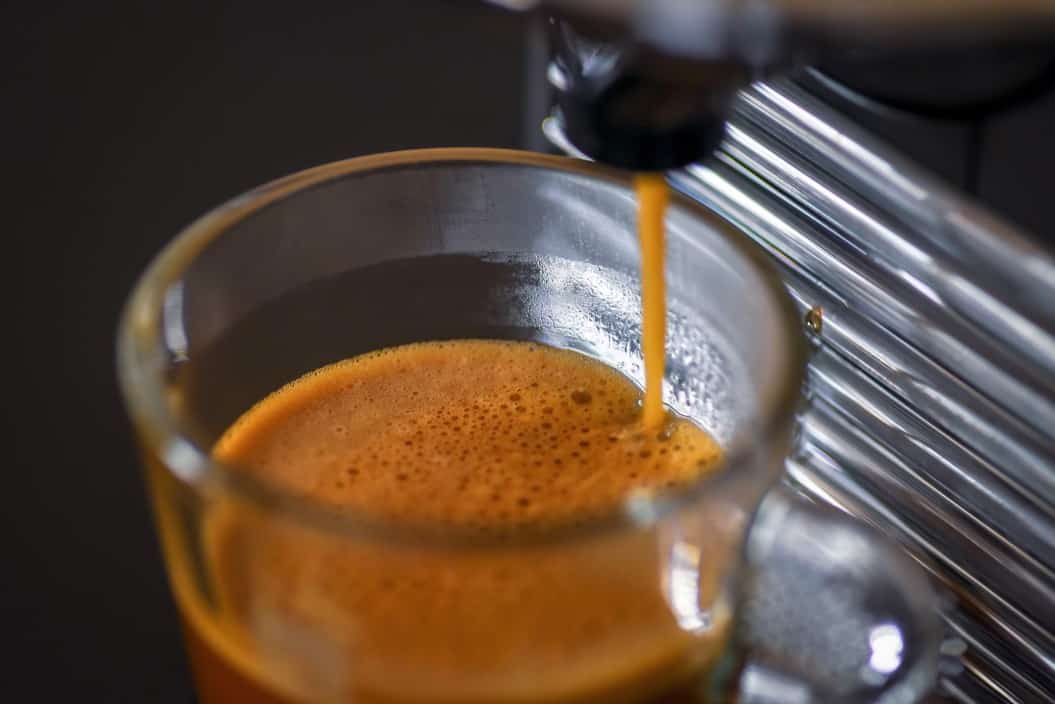
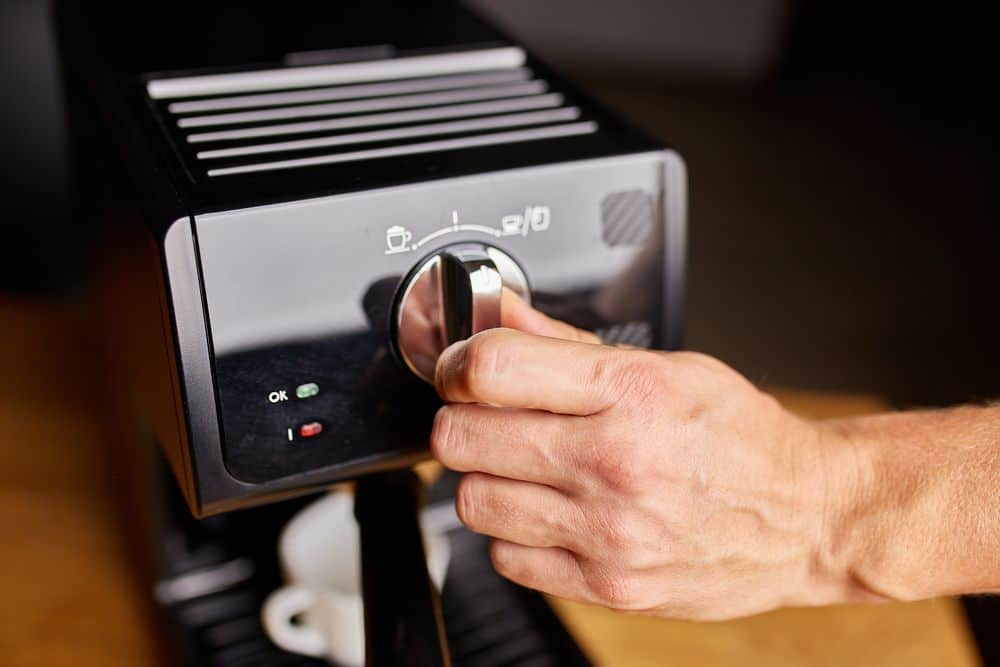
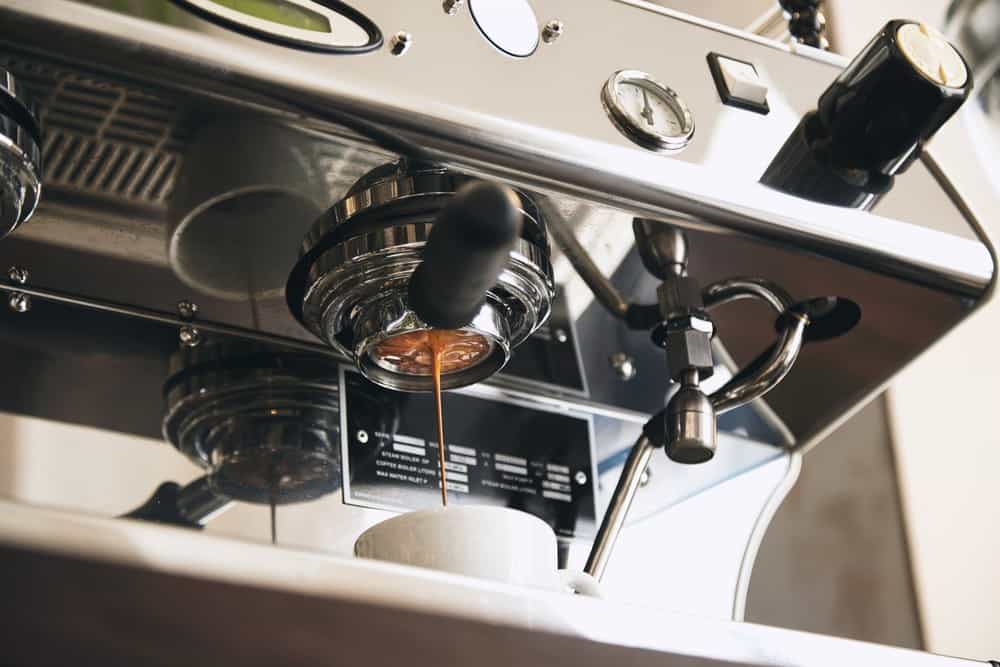
![Best Keurig Alternatives in [year] 43 Best Keurig Alternatives in 2025](https://www.gadgetreview.dev/wp-content/uploads/best-keurig-alternative-image.jpg)
![Best Semi Automatic Espresso Machines in [year] 44 Best Semi Automatic Espresso Machines in 2025](https://www.gadgetreview.dev/wp-content/uploads/best-semi-automatic-espresso-machine-image.jpg)
![Best Coffee and Espresso Makers in [year] 45 Best Coffee and Espresso Makers in 2025](https://www.gadgetreview.dev/wp-content/uploads/best-coffee-and-espresso-maker-image.jpg)
![Best Kitchen Appliances in [year] ([month] Reviews) 46 Best Kitchen Appliances in 2025 (October Reviews)](https://www.gadgetreview.dev/wp-content/uploads/best-kitchen-appliances.jpg)
![Quietest Coffee Makers in [year] 47 Quietest Coffee Makers in 2025](https://www.gadgetreview.dev/wp-content/uploads/quietest-coffee-maker-image.jpg)
![Best Prosumer Espresso Machines in [year] 48 Best Prosumer Espresso Machines in 2025](https://www.gadgetreview.dev/wp-content/uploads/71ytF6efAlL._AC_SL1500_.jpg)
![Best Single Serve Coffee Maker No Pods in [year] 49 Best Single Serve Coffee Maker No Pods in 2025](https://www.gadgetreview.dev/wp-content/uploads/best-k-pod-coffee-image-1.jpg)
![Best Coffee Makers for Hard Water in [year] 50 Best Coffee Makers for Hard Water in 2025](https://www.gadgetreview.dev/wp-content/uploads/best-coffee-maker-for-hard-water-image.jpg)
![Best Dual Boiler Espresso Machines in [year] 51 Best Dual Boiler Espresso Machines in 2025](https://www.gadgetreview.dev/wp-content/uploads/best-dual-boiler-espresso-machine-image.jpg)
![Best 5 Cup Coffee Makers in [year] 52 Best 5 Cup Coffee Makers in 2025](https://www.gadgetreview.dev/wp-content/uploads/best-5-cup-coffee-maker-image.jpg)
![Best Commercial Coffee Makers in [year] 53 Best Commercial Coffee Makers in 2025](https://www.gadgetreview.dev/wp-content/uploads/best-commercial-coffee-maker-image.jpg)
![Best Commercial Espresso Machine for a Small Coffee Shop in [year] 54 Best Commercial Espresso Machine for a Small Coffee Shop in 2025](https://www.gadgetreview.dev/wp-content/uploads/best-commercial-espresso-machine-small-coffee-shop-image.jpg)
![Best Coffee for Moka Pot in [year] 55 Best Coffee for Moka Pot in 2025](https://www.gadgetreview.dev/wp-content/uploads/best-coffee-for-moka-pot-image.jpg)
![Best USA Made Coffee Makers in [year] 56 Best USA Made Coffee Makers in 2025](https://www.gadgetreview.dev/wp-content/uploads/best-usa-made-coffee-makers-image.jpg)
![Fastest Coffee Makers in [year] 57 Fastest Coffee Makers in 2025](https://www.gadgetreview.dev/wp-content/uploads/fastest-coffee-maker-image.jpg)
![Best SCAA Certified Coffee Makers in [year] 58 Best SCAA Certified Coffee Makers in 2025](https://www.gadgetreview.dev/wp-content/uploads/best-scaa-certified-coffee-maker-image.jpg)
![Best Smart Coffee Makers in [year] 59 Best Smart Coffee Makers in 2025](https://www.gadgetreview.dev/wp-content/uploads/best-smart-coffee-maker-image.jpg)
![Best Coffee Makers for RV in [year] 60 Best Coffee Makers for RV in 2025](https://www.gadgetreview.dev/wp-content/uploads/best-coffee-maker-for-rv-image.jpg)
![Best Ninja Coffee Makers in [year] 61 Best Ninja Coffee Makers in 2025](https://www.gadgetreview.dev/wp-content/uploads/best-ninja-coffee-maker-image.jpg)
![Best Breville Espresso Machines in [year] 62 Best Breville Espresso Machines in 2025](https://www.gadgetreview.dev/wp-content/uploads/best-breville-espresso-machine-image.jpg)
